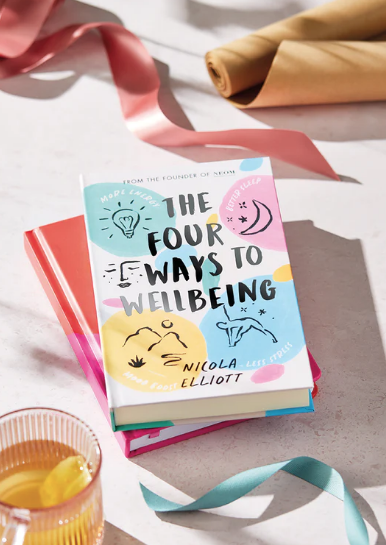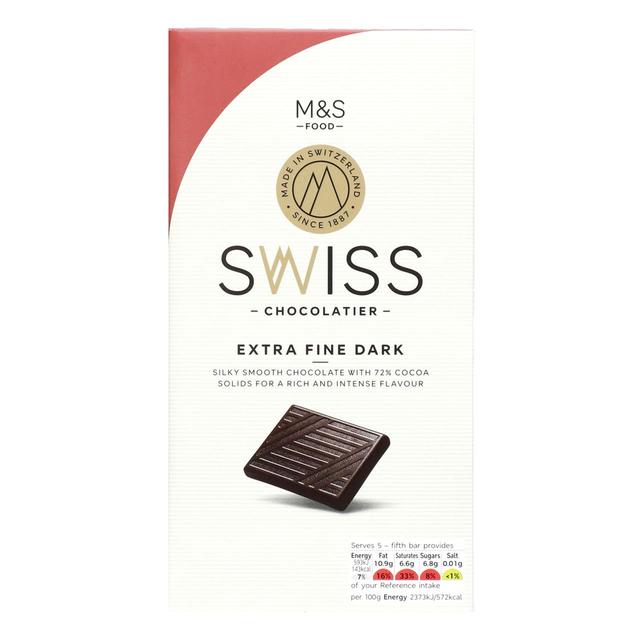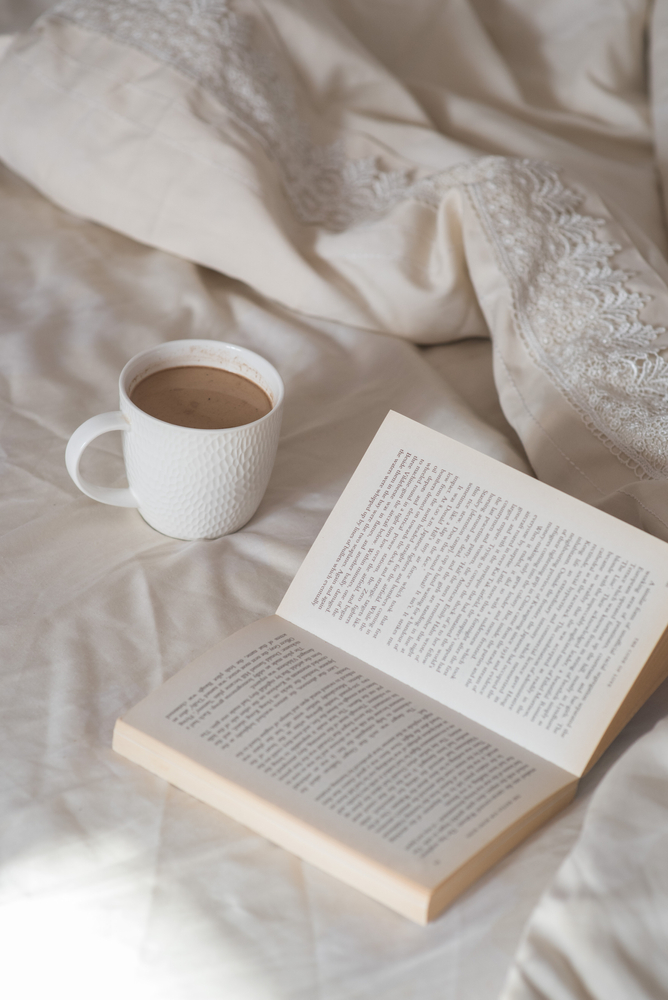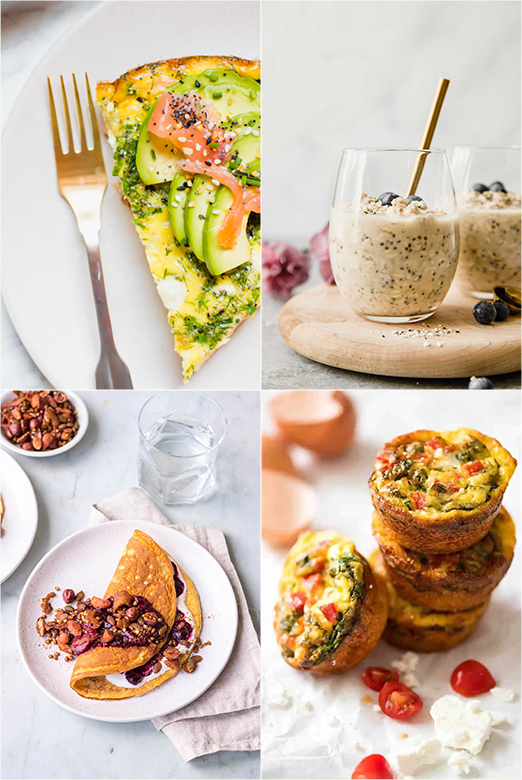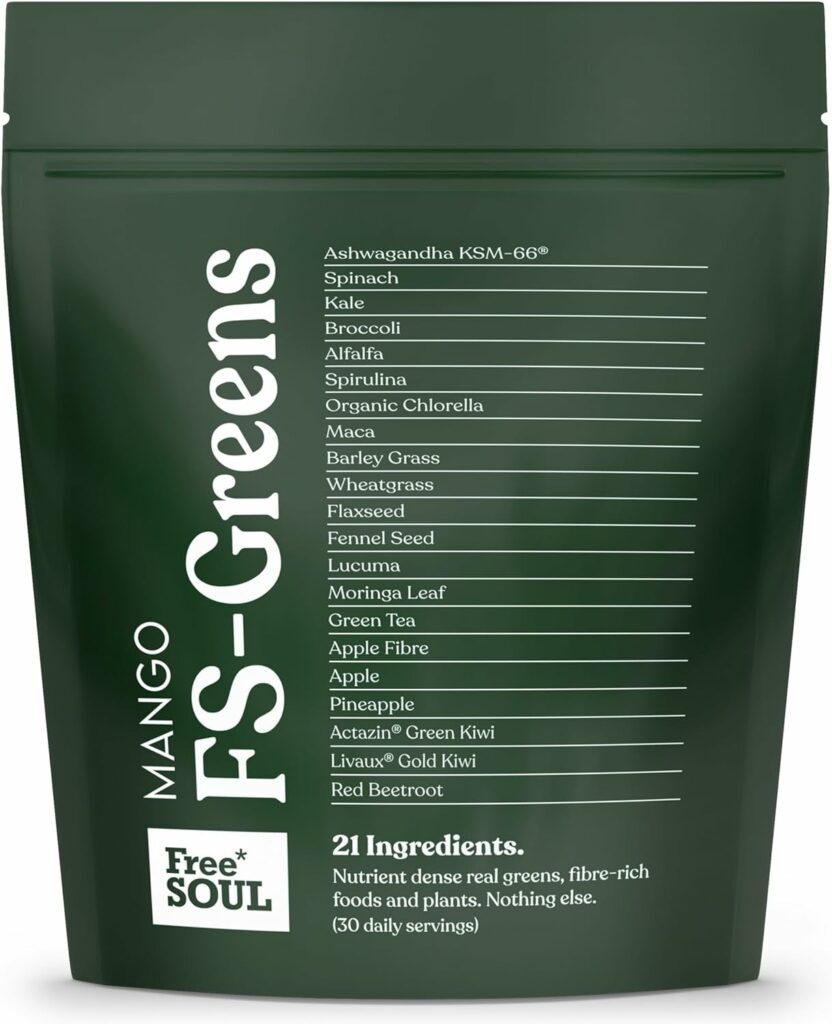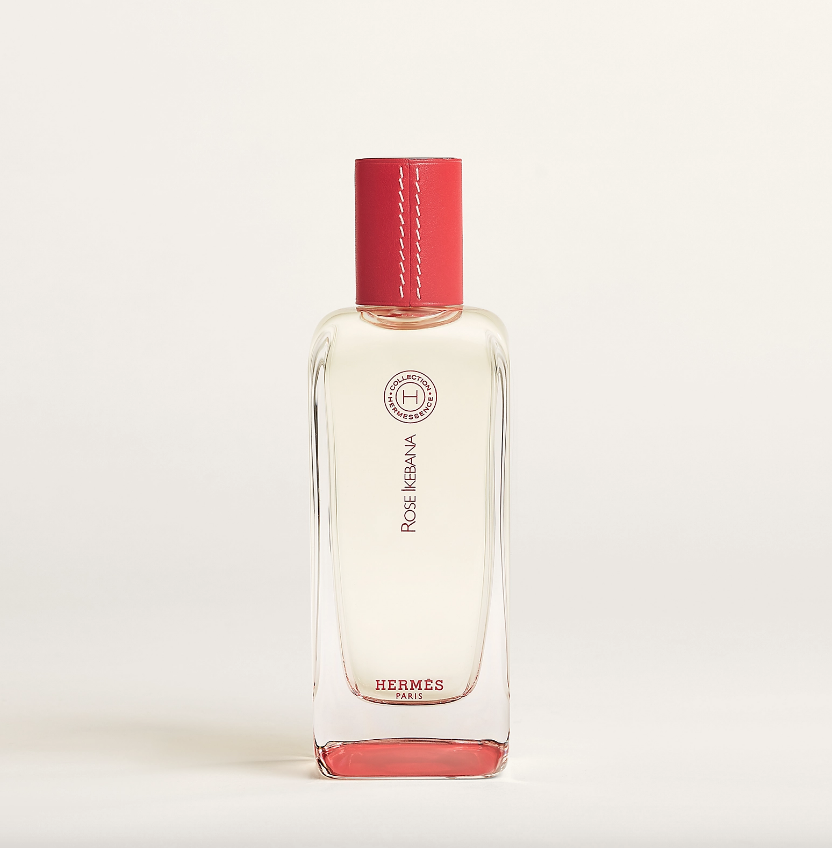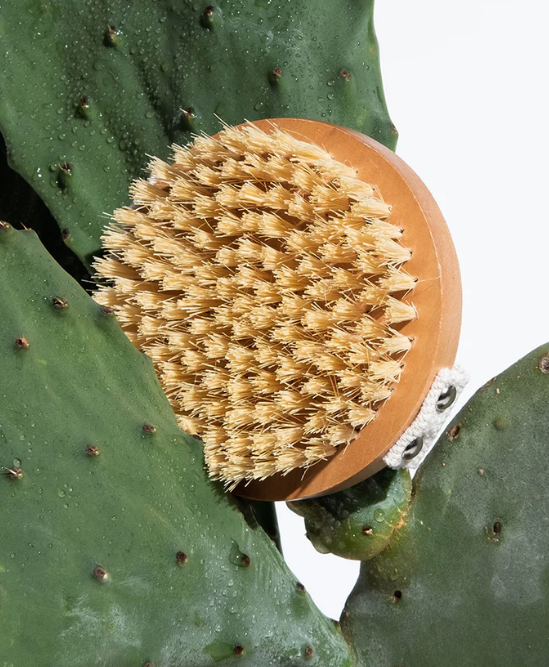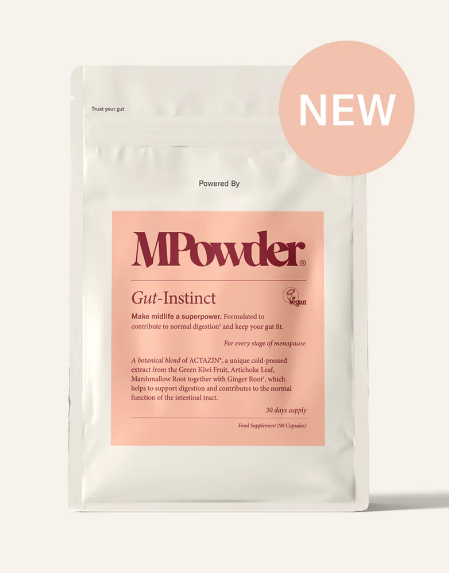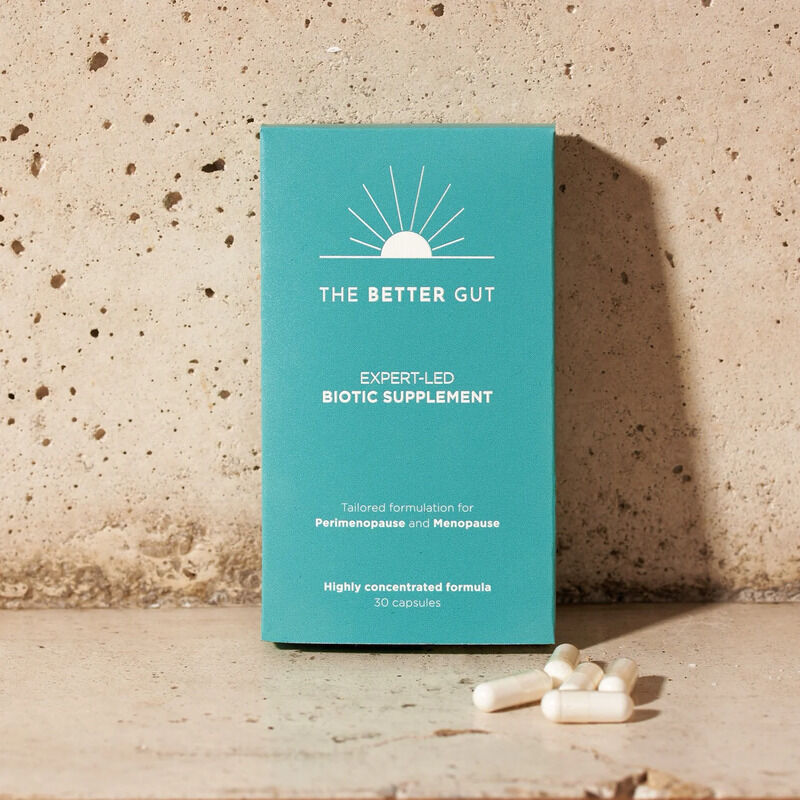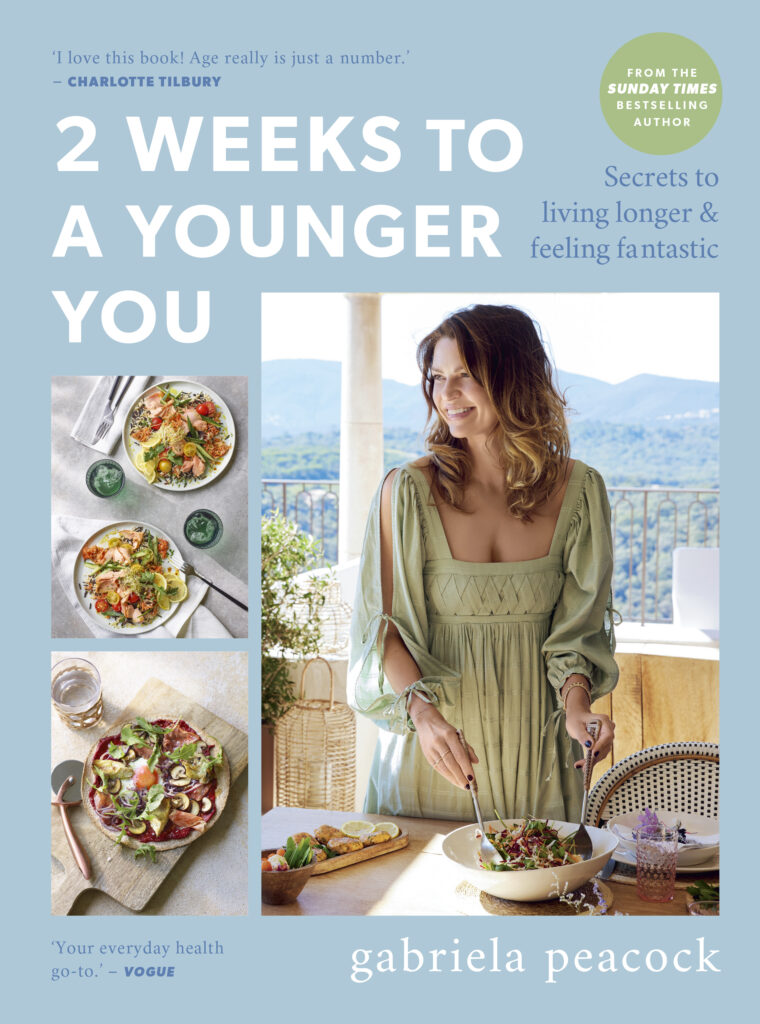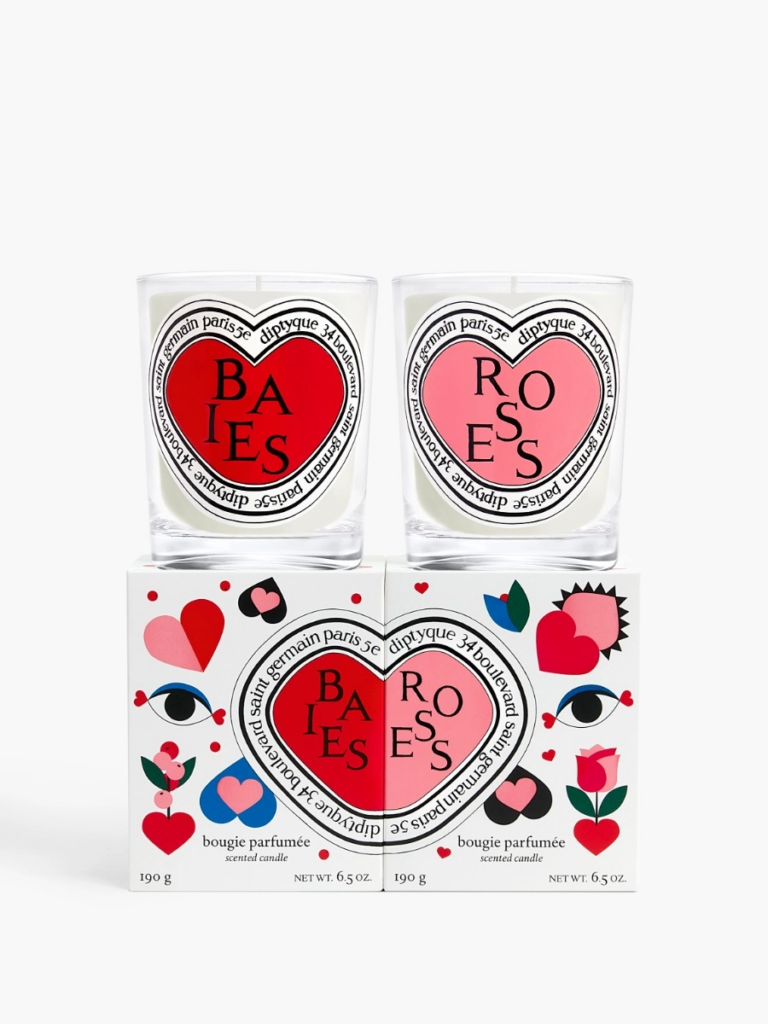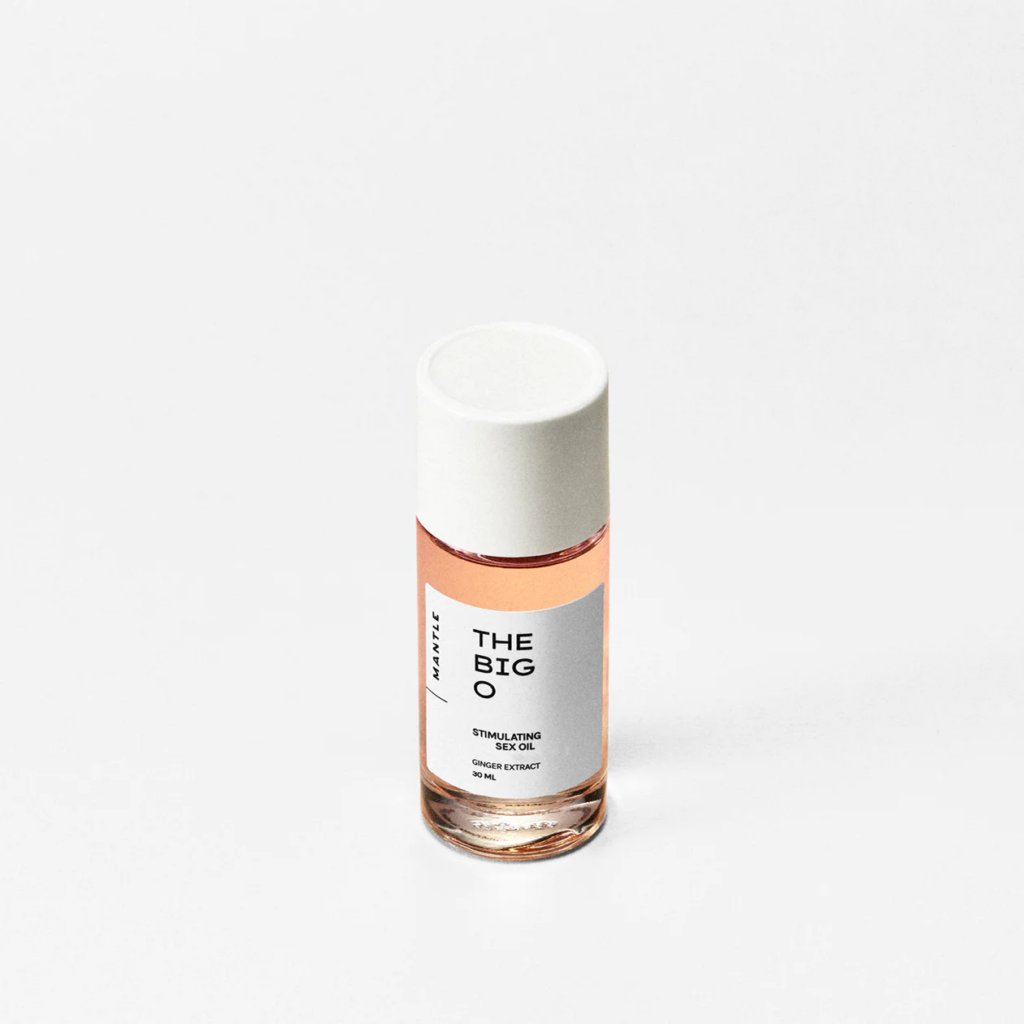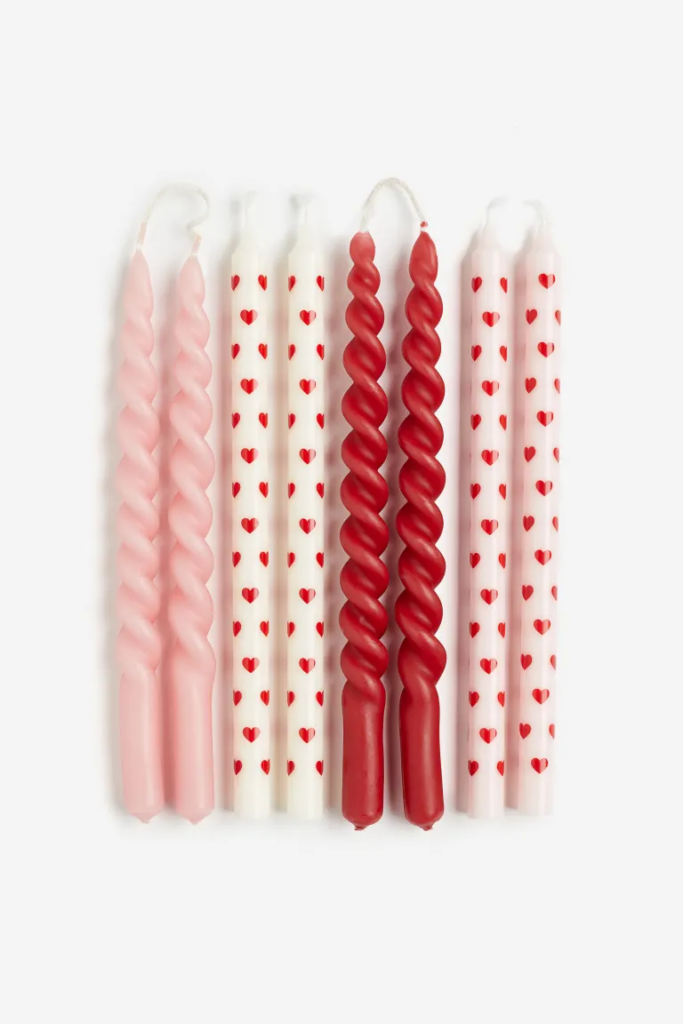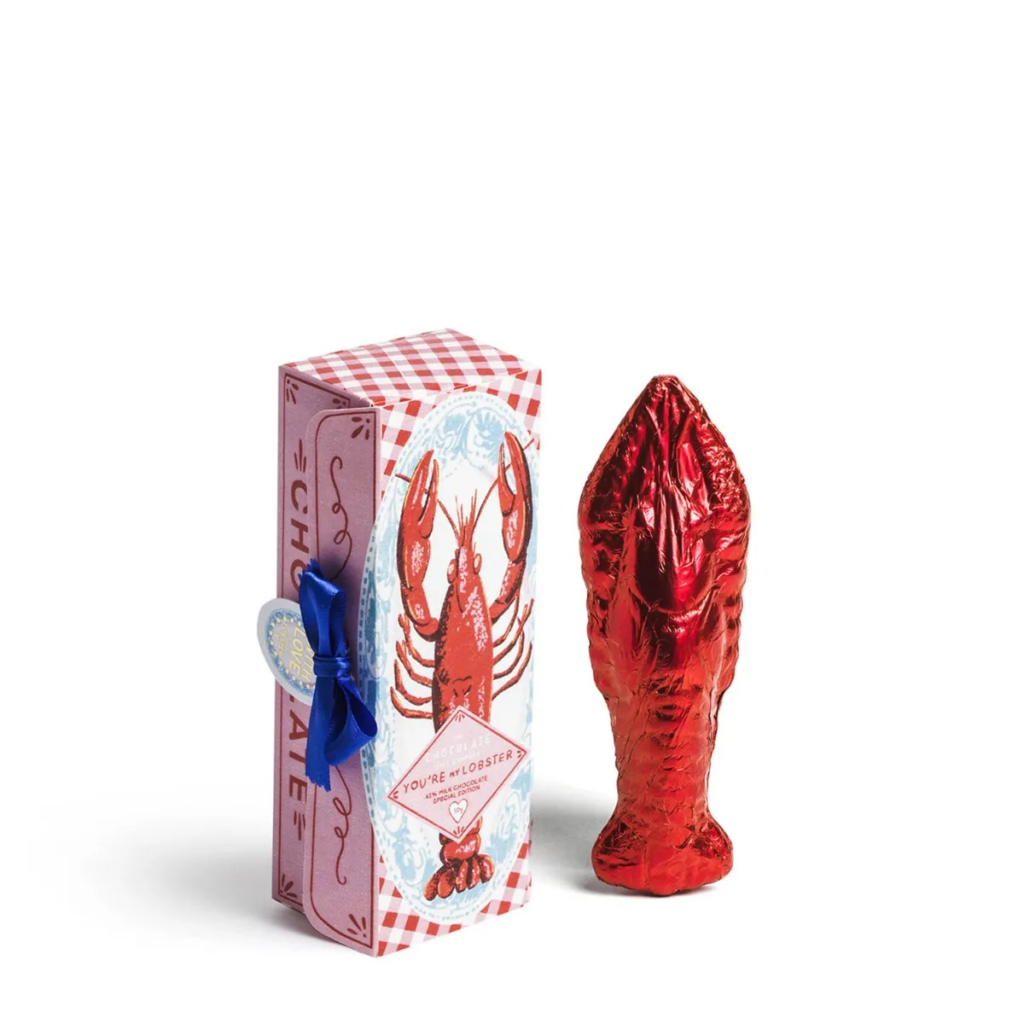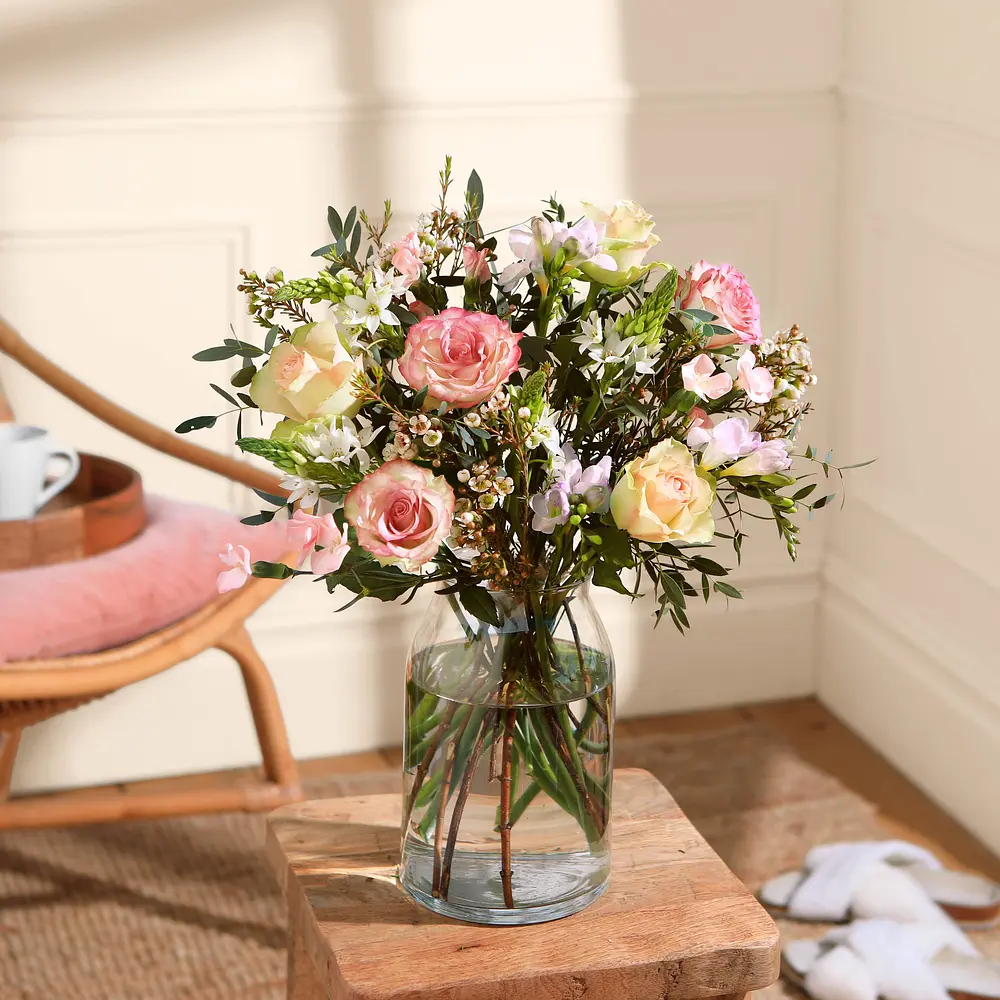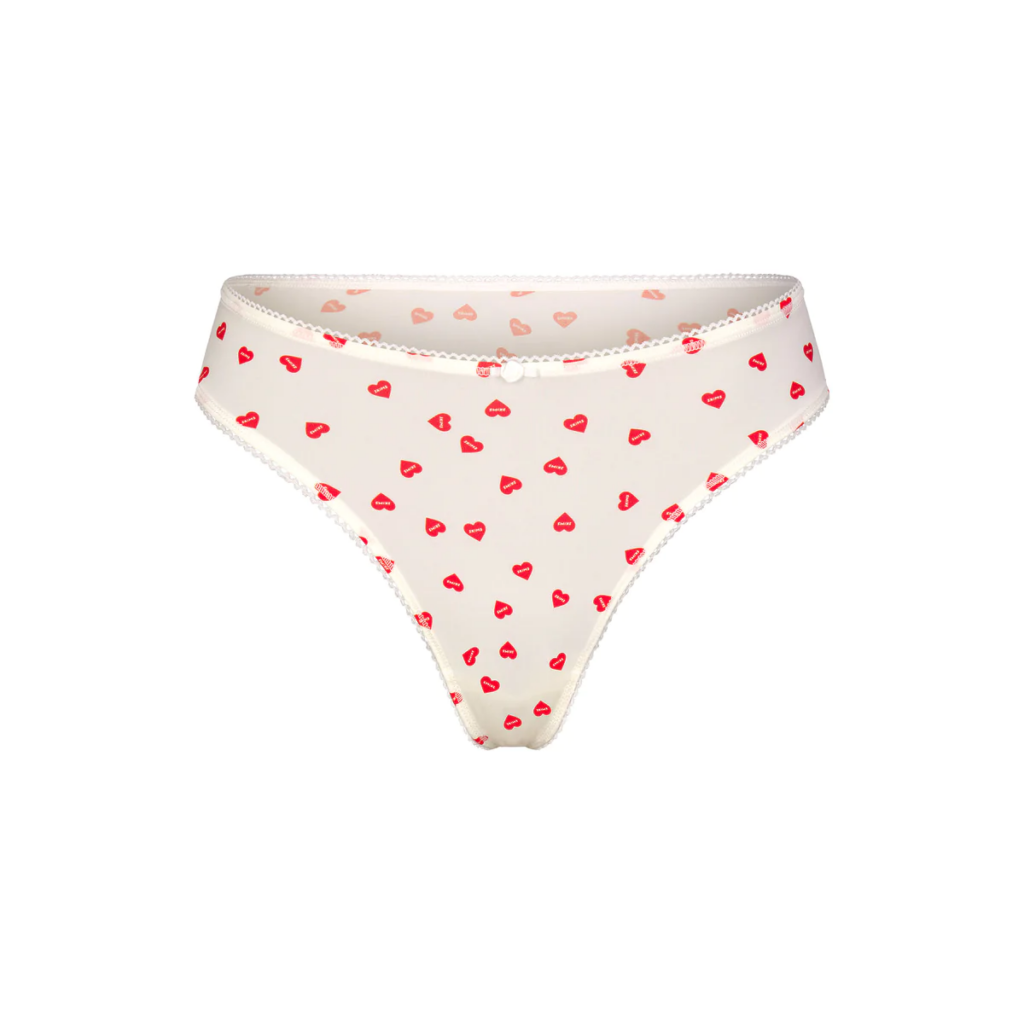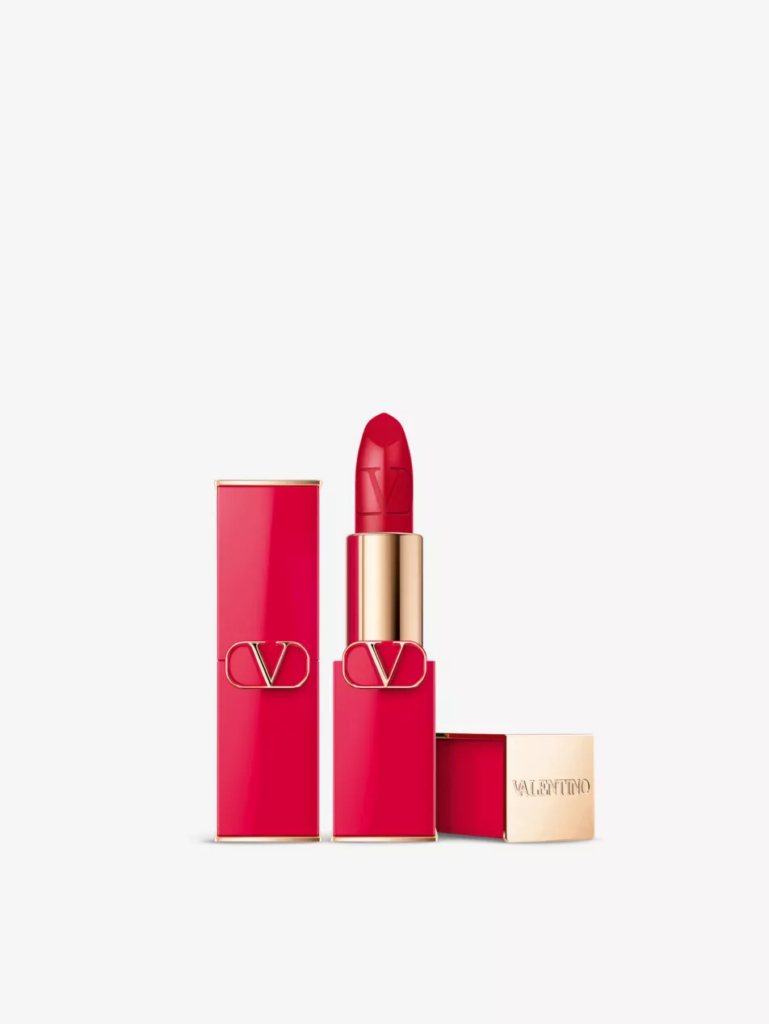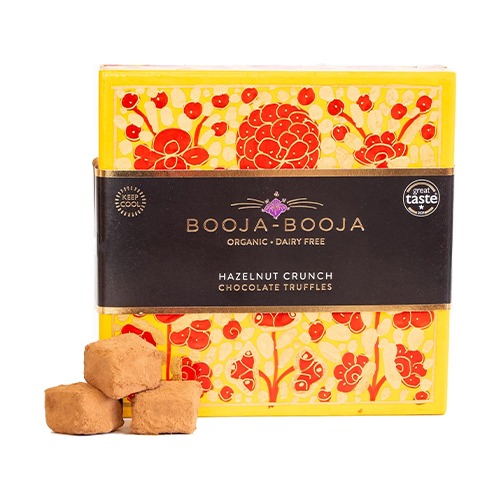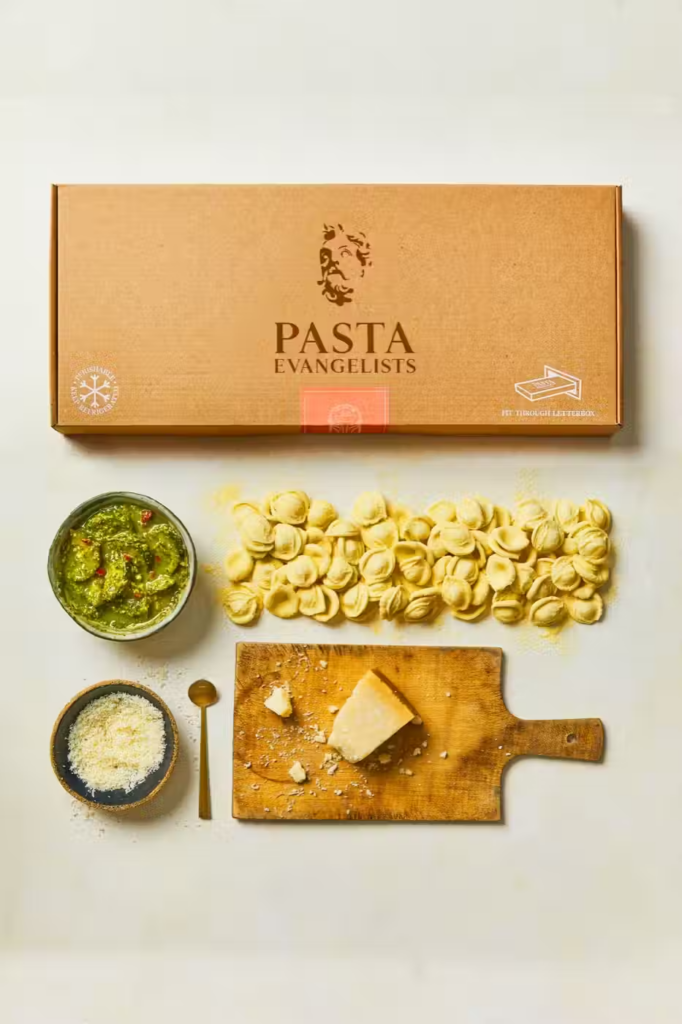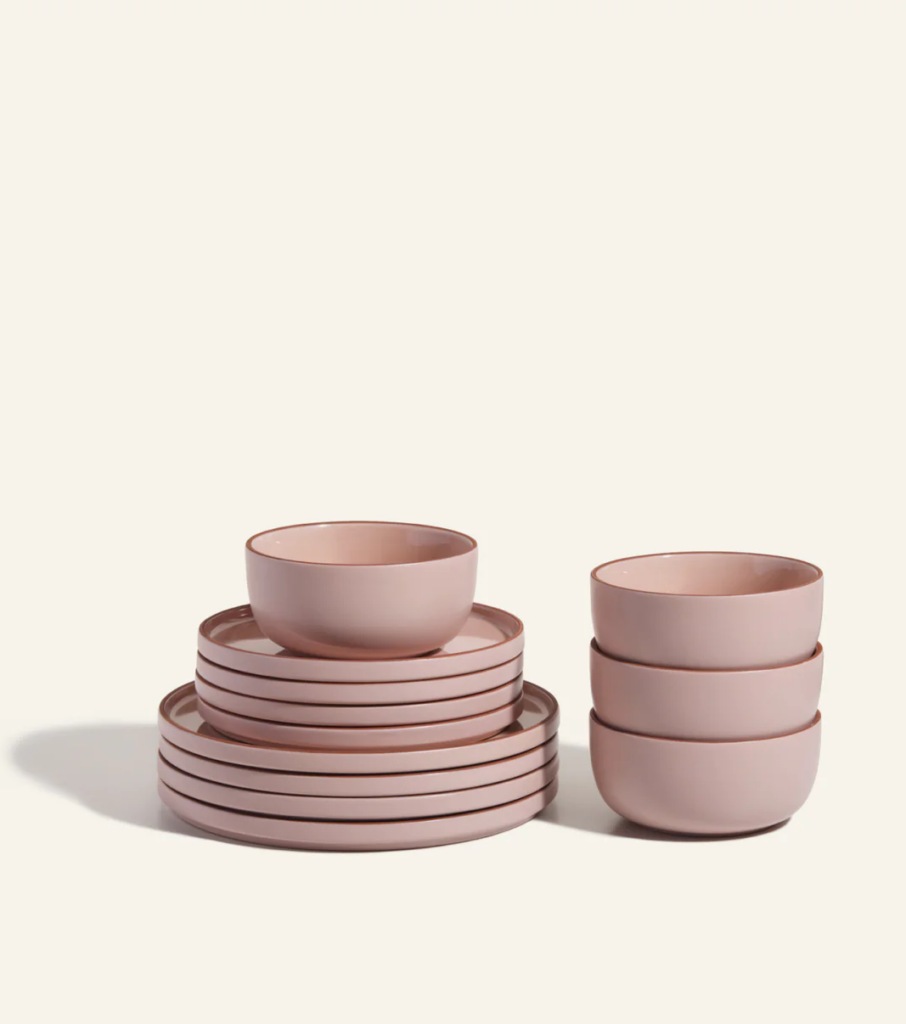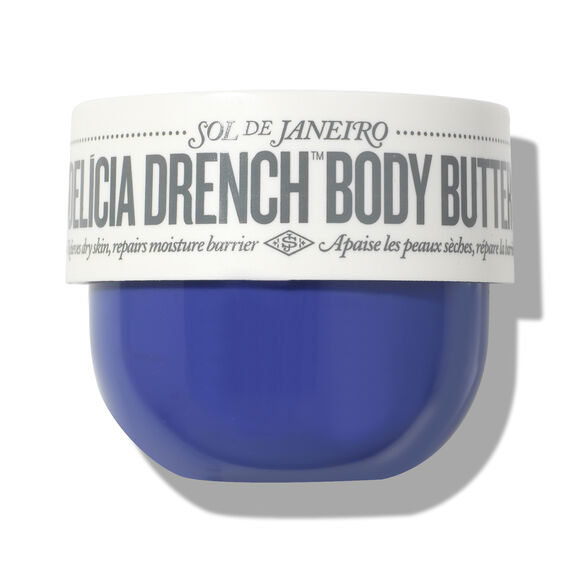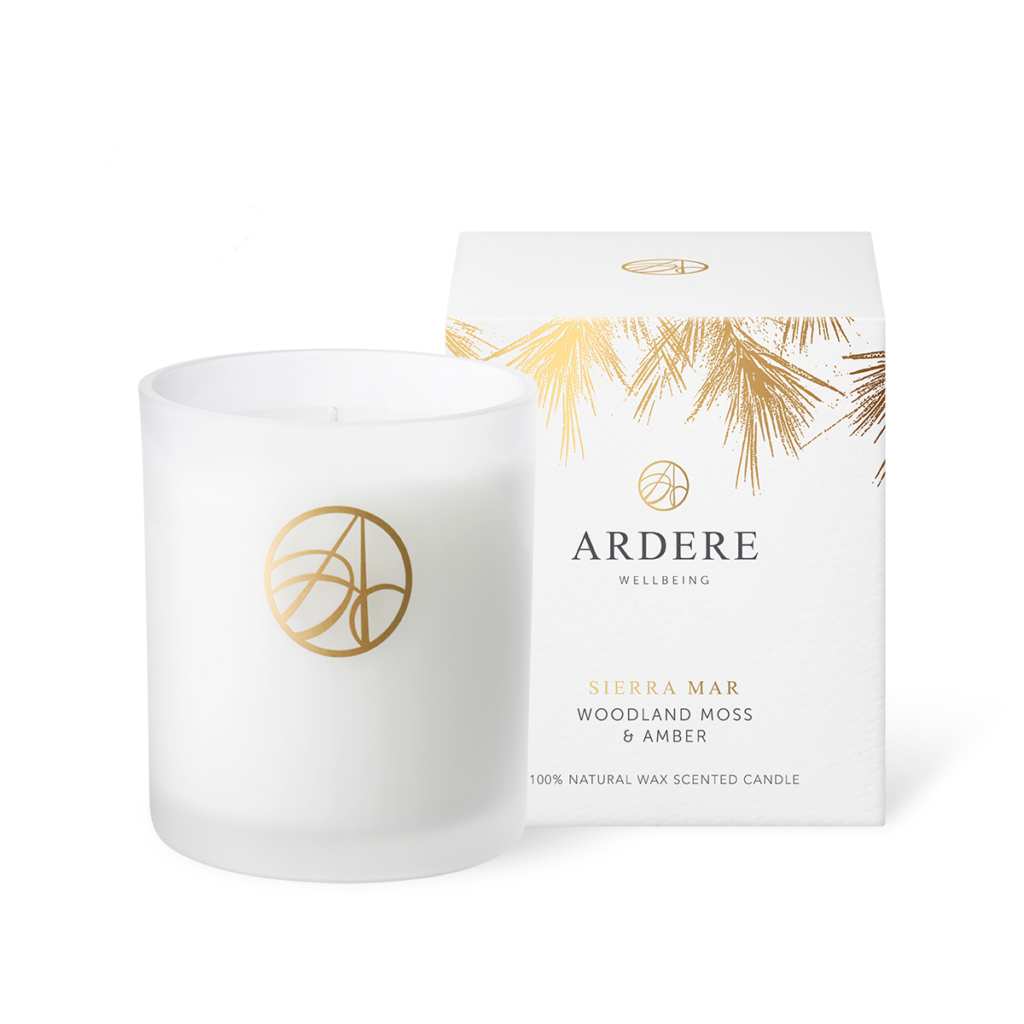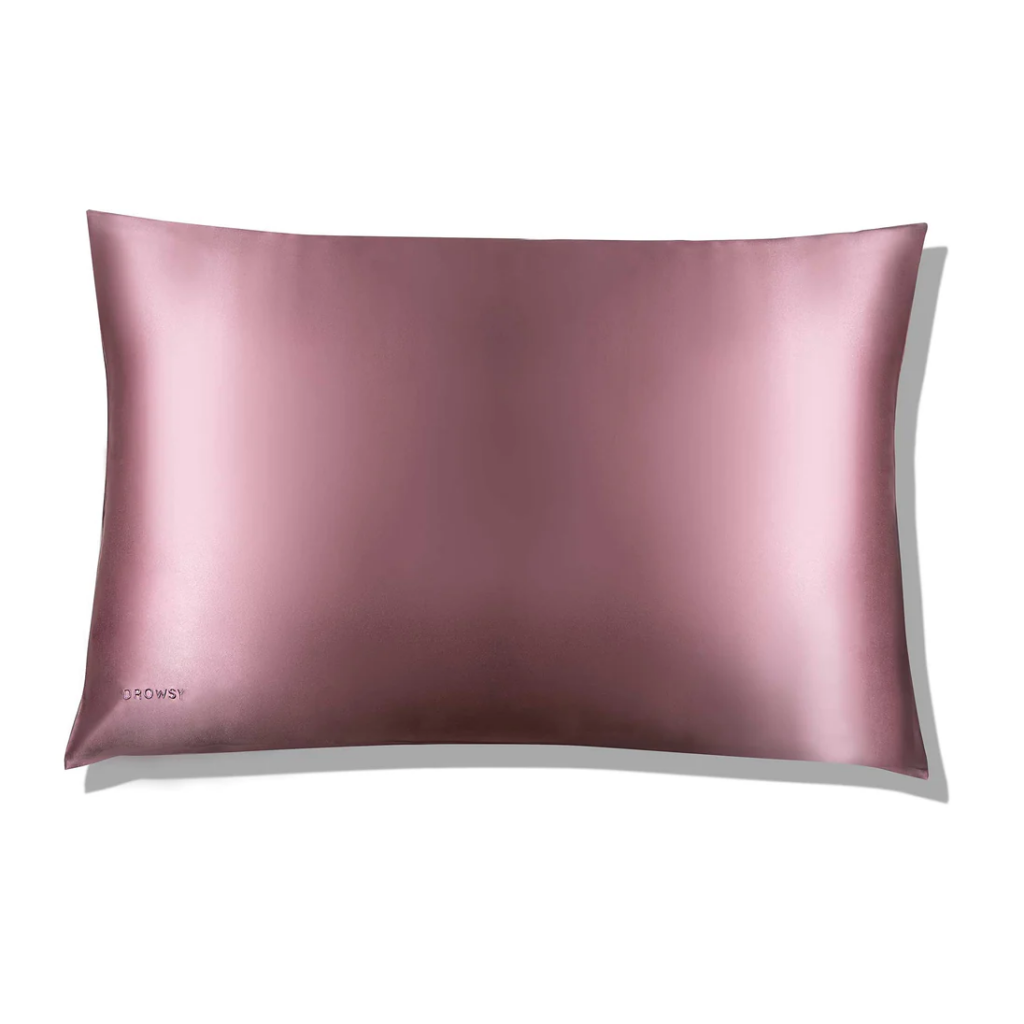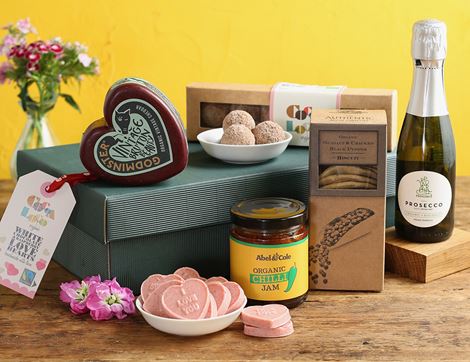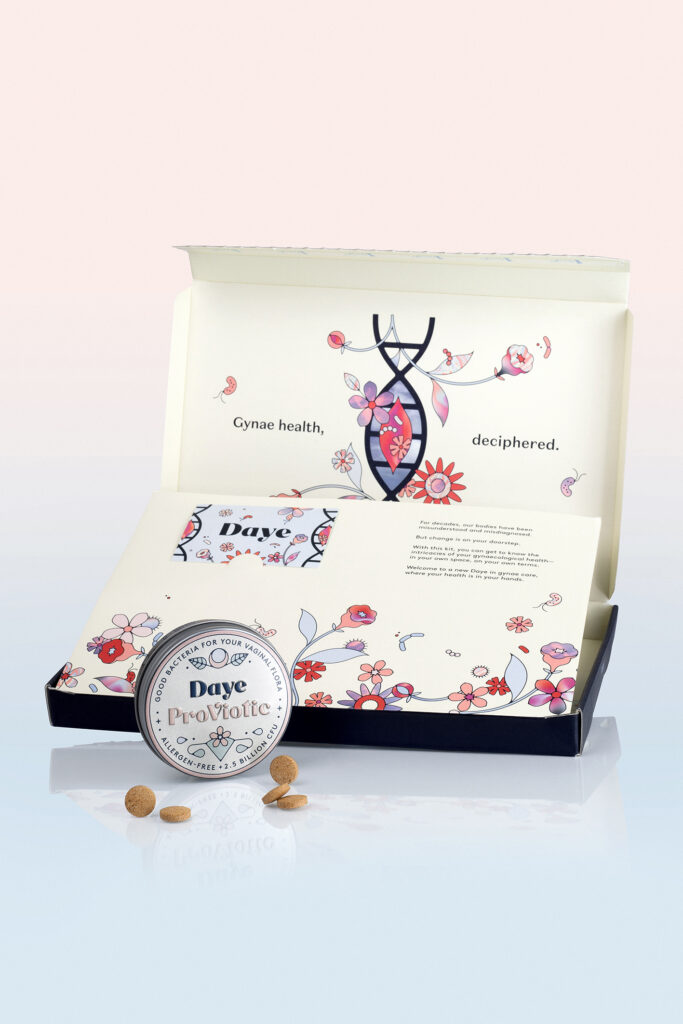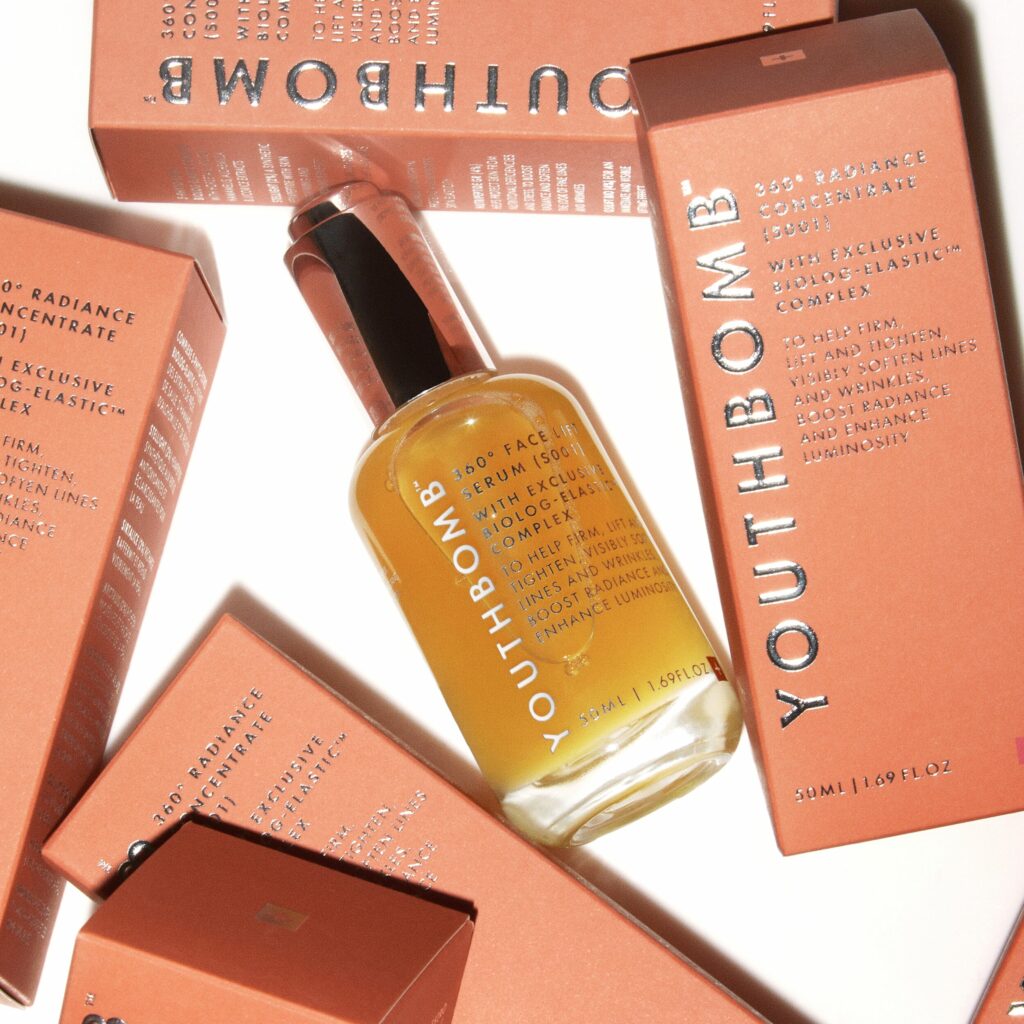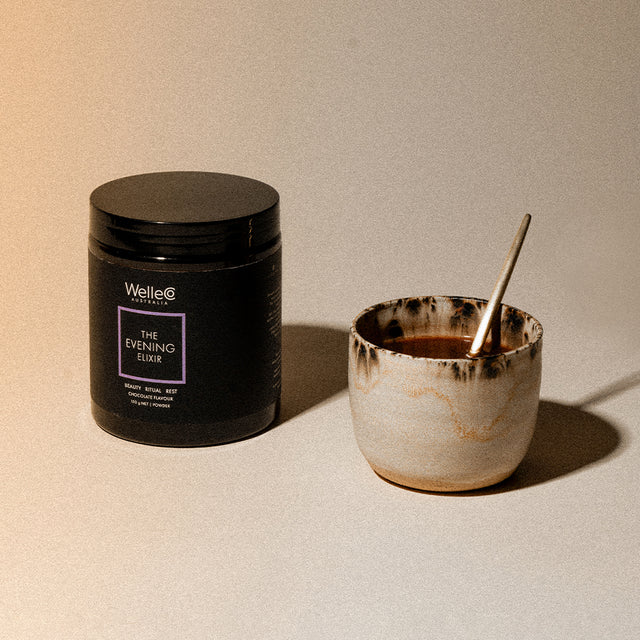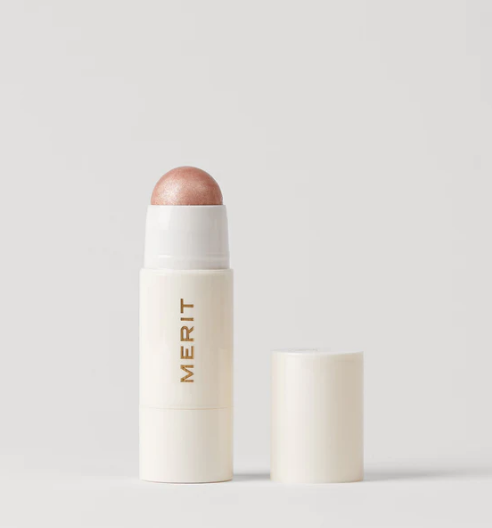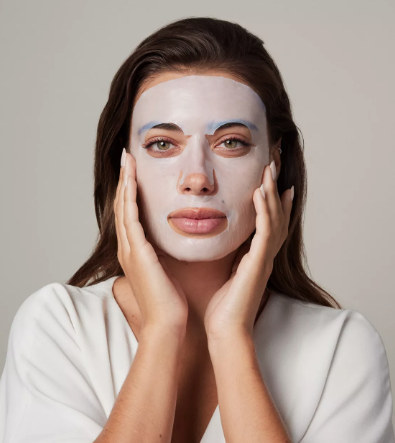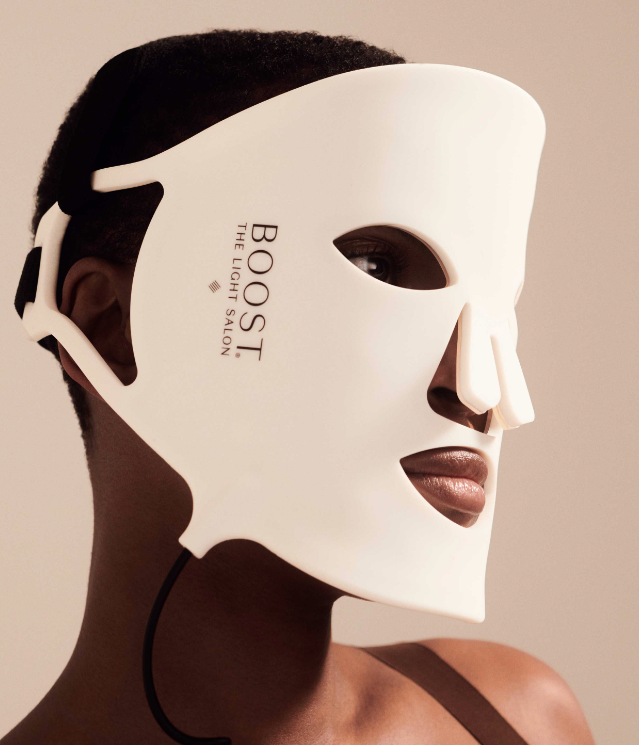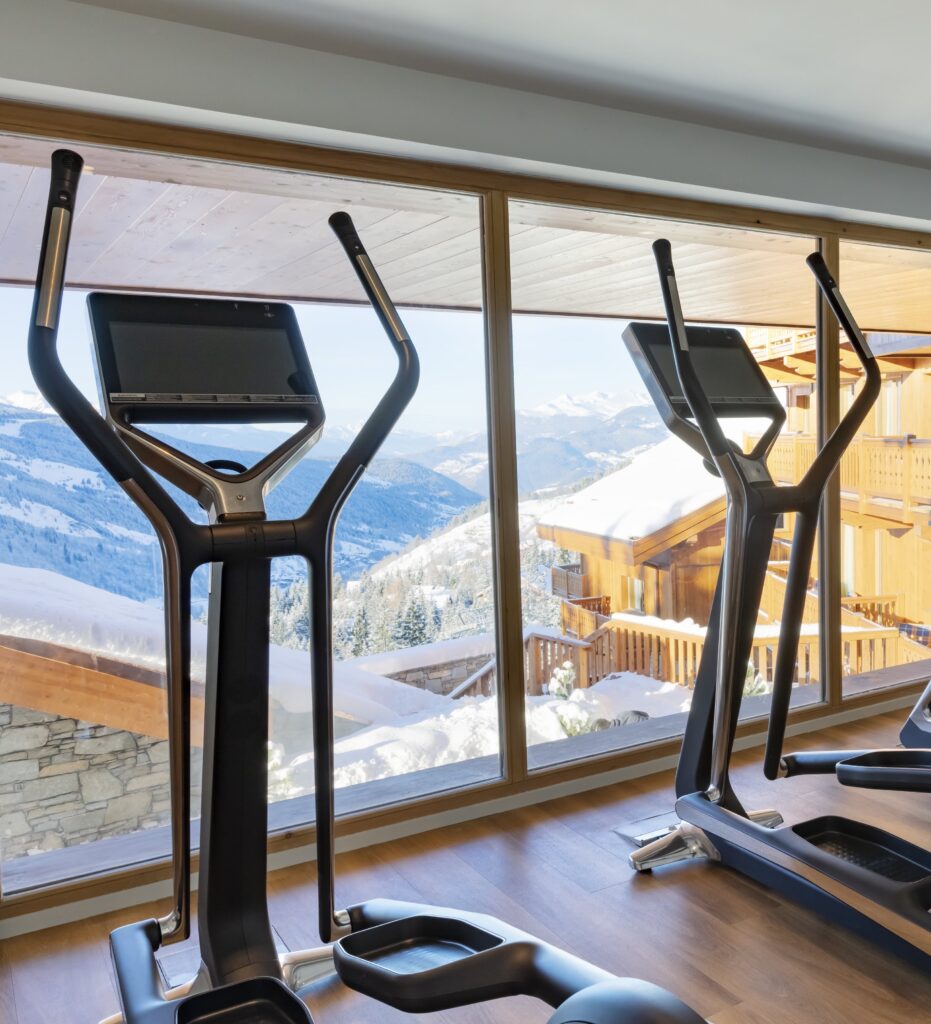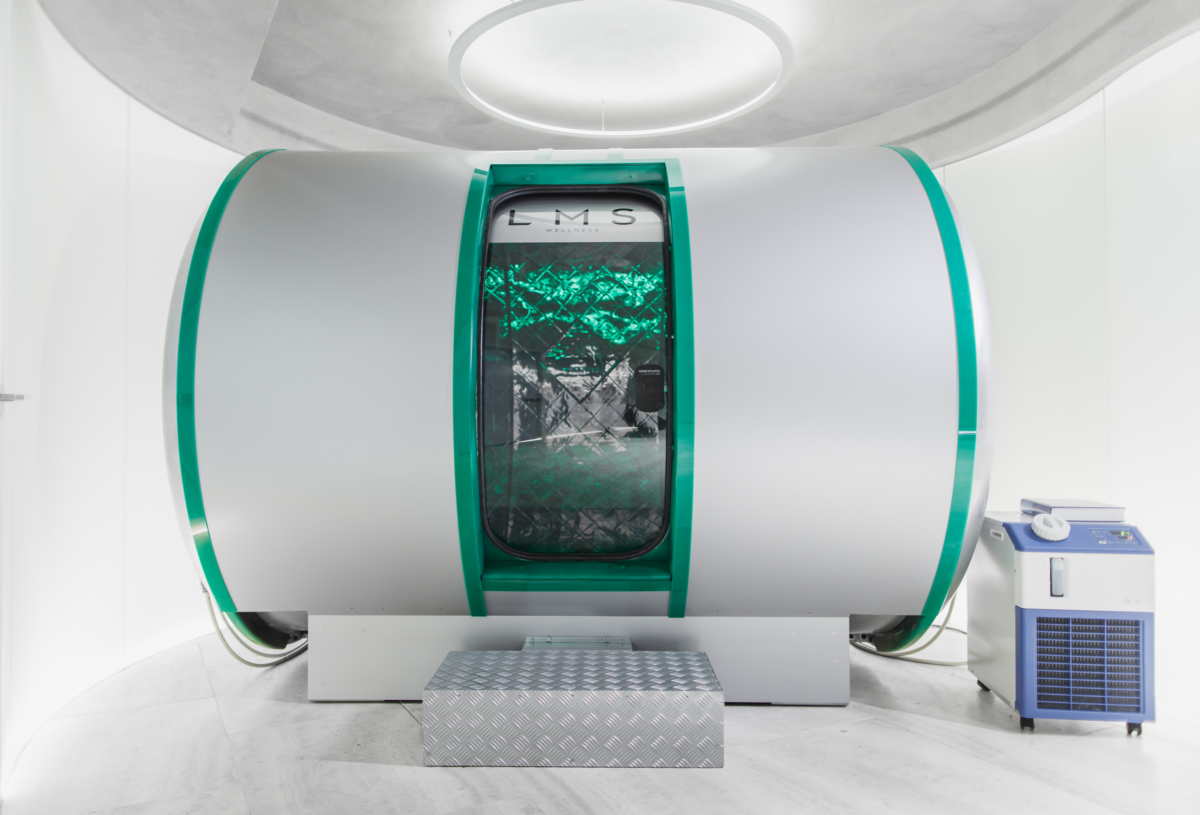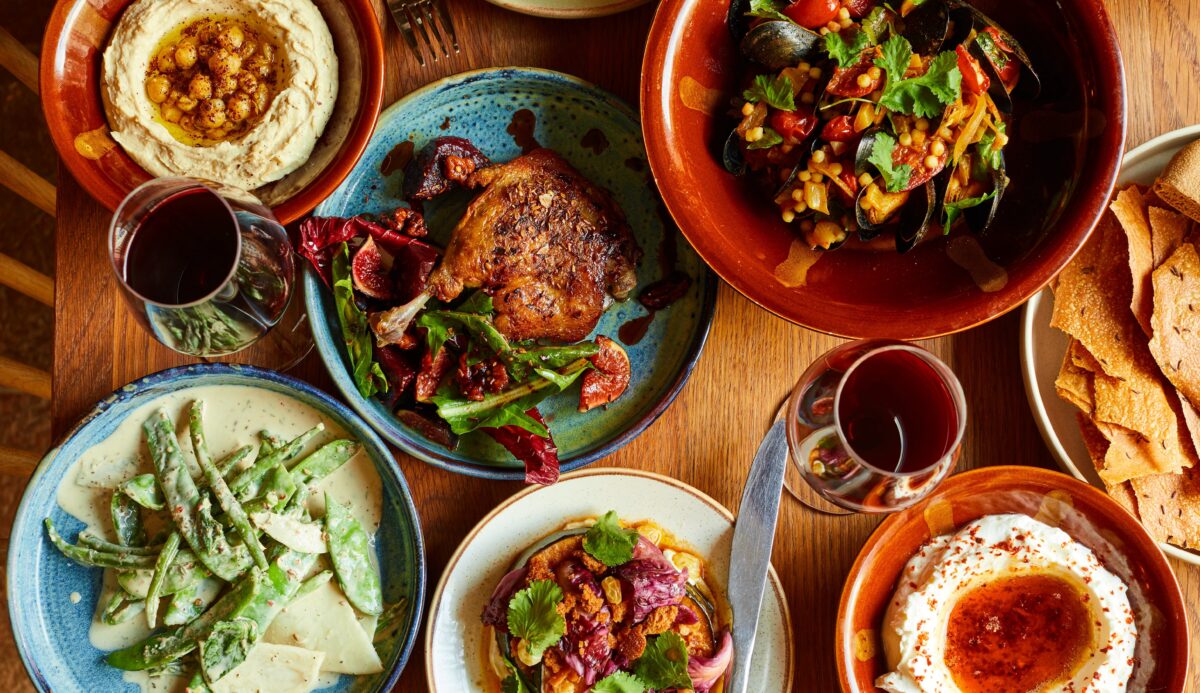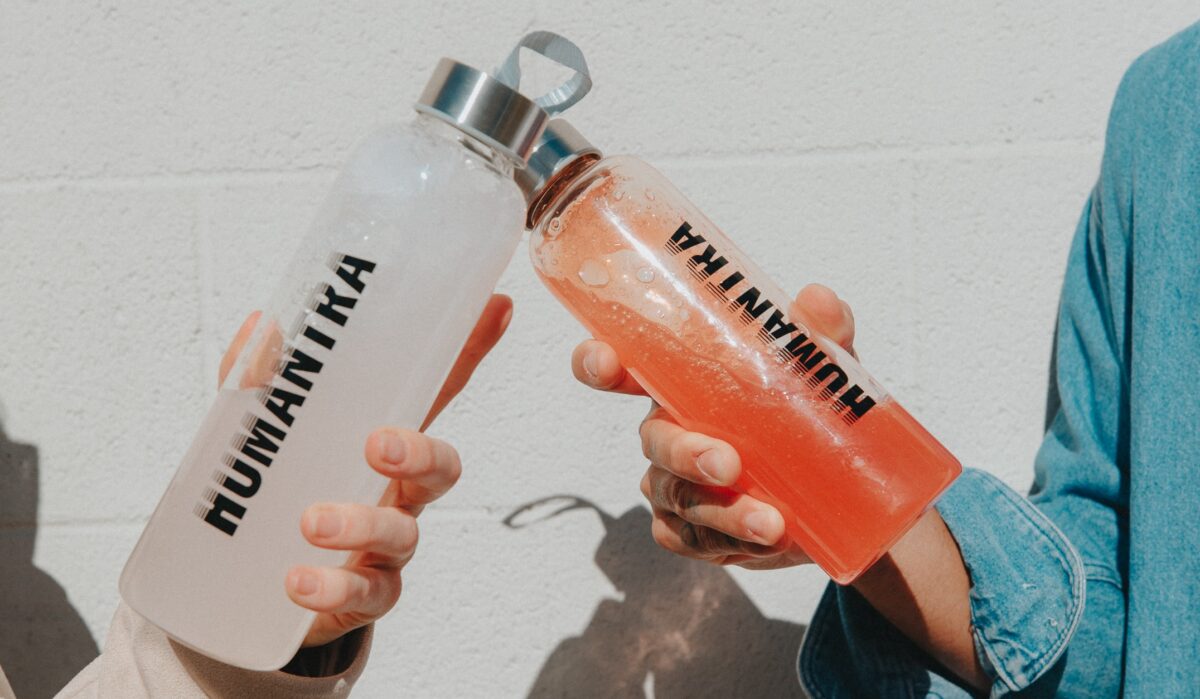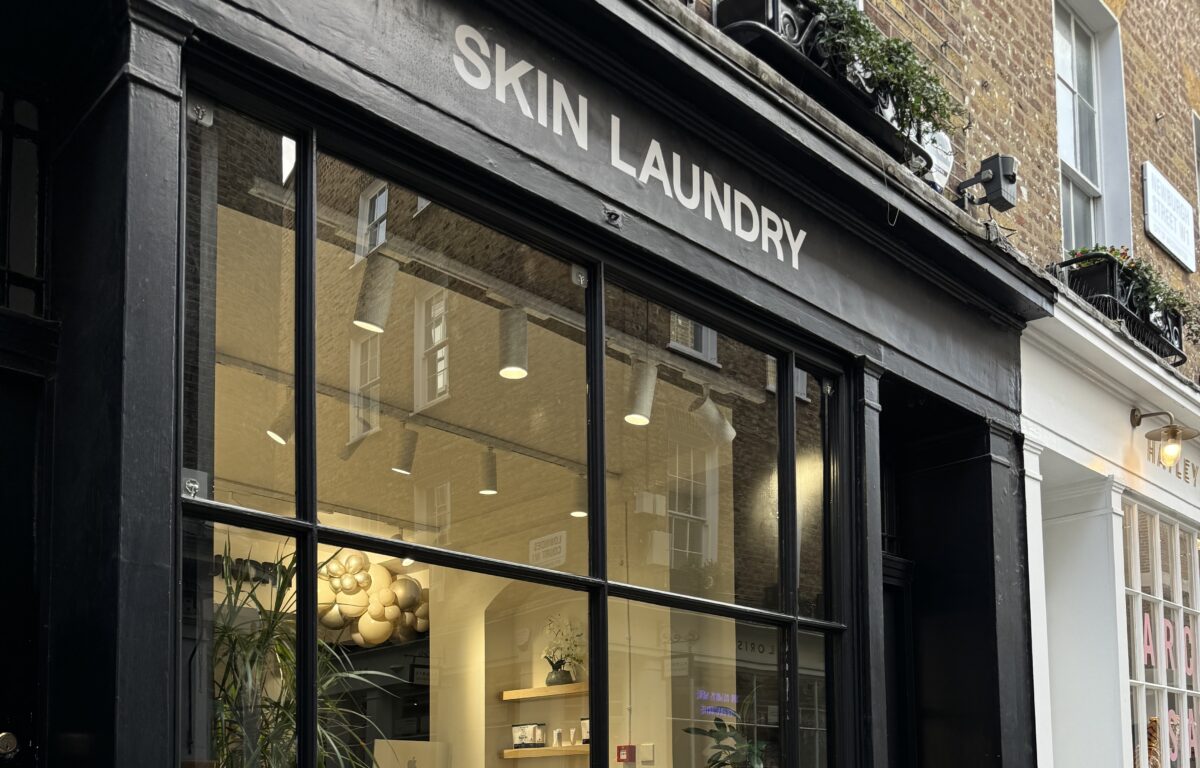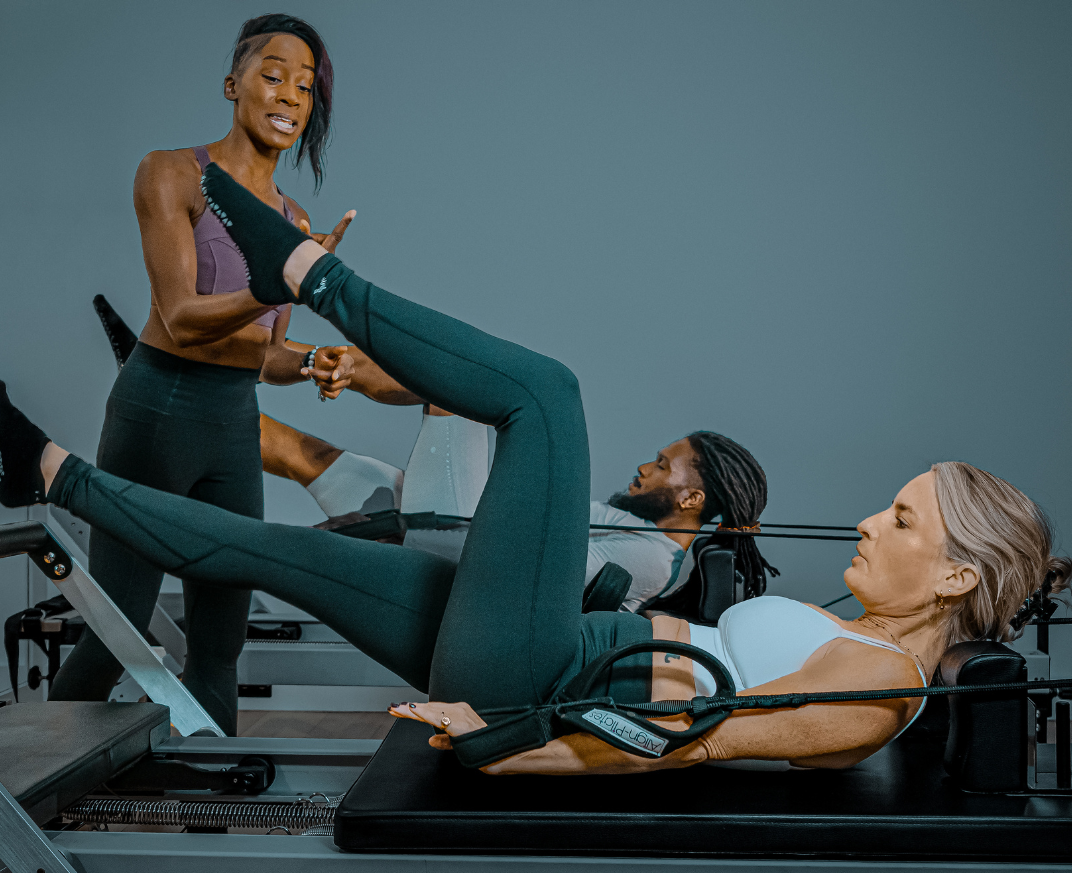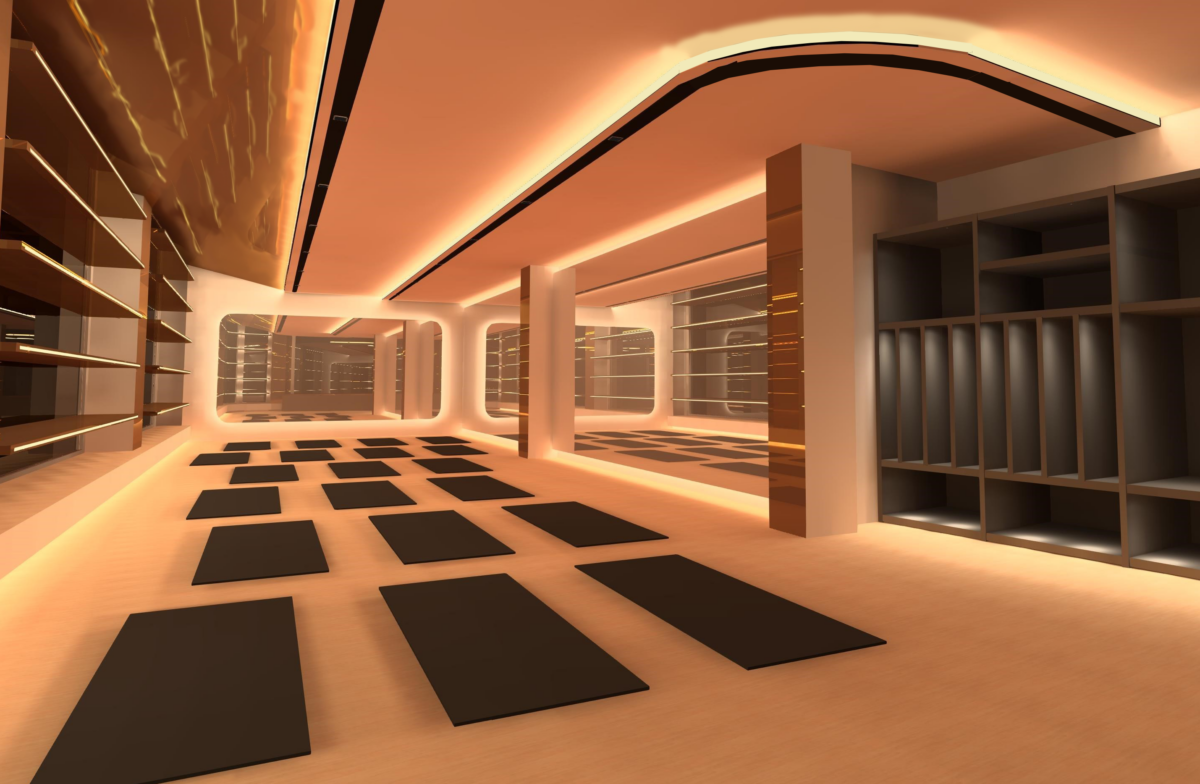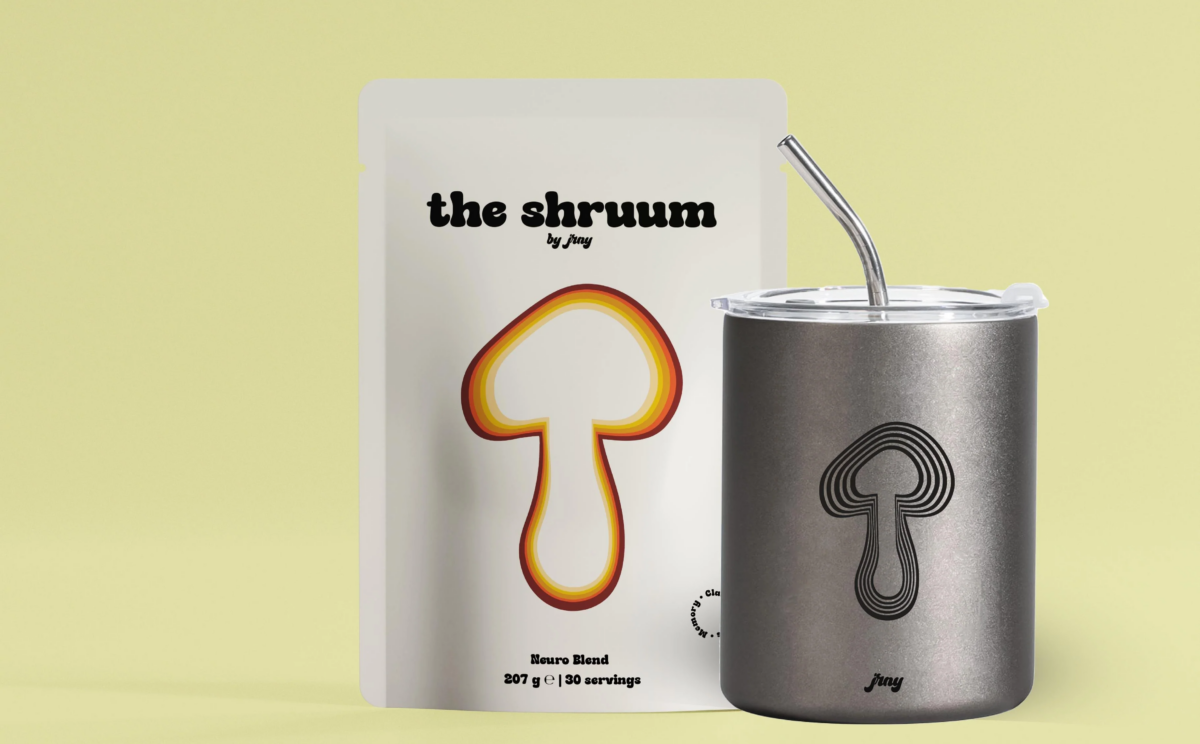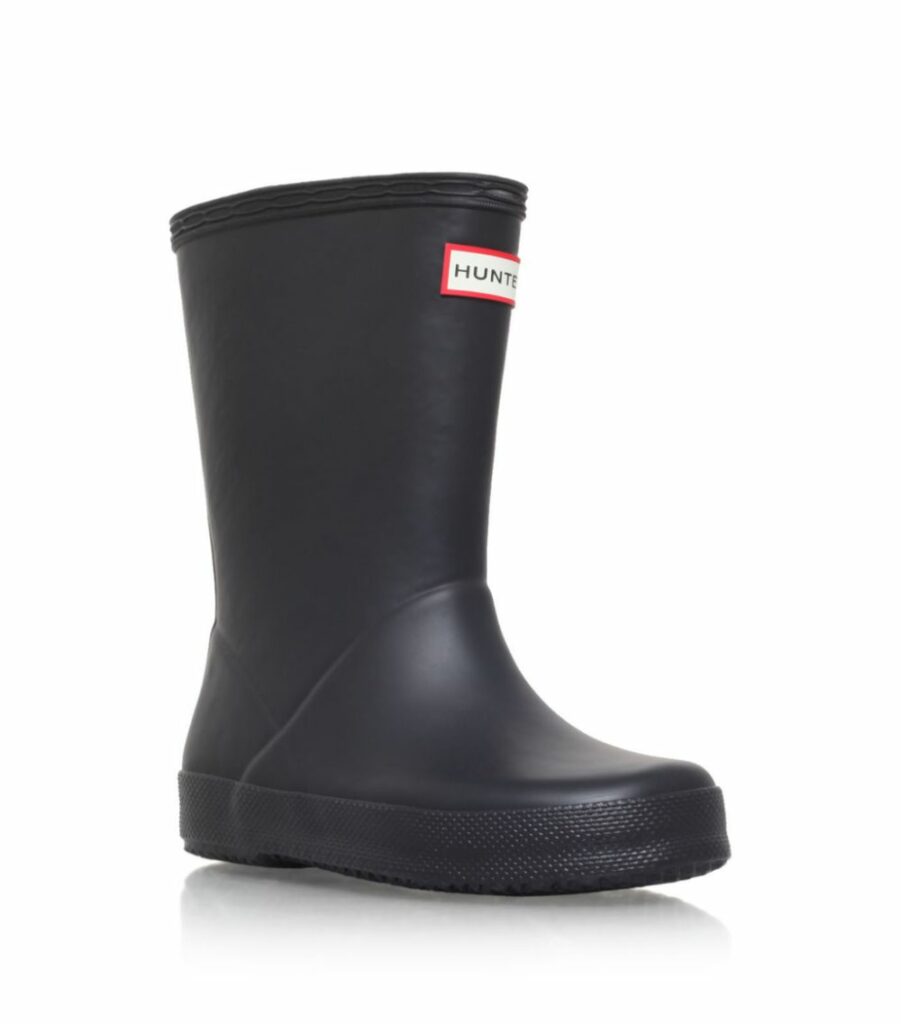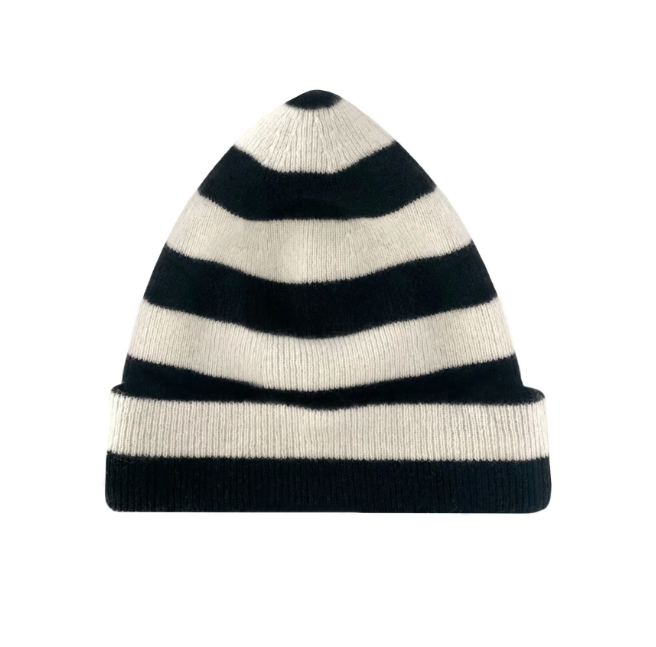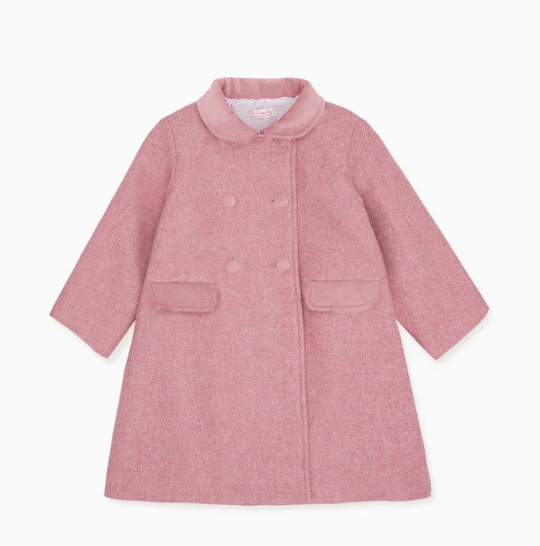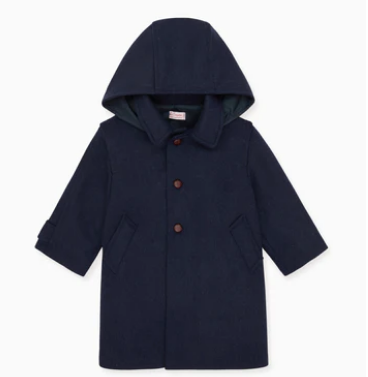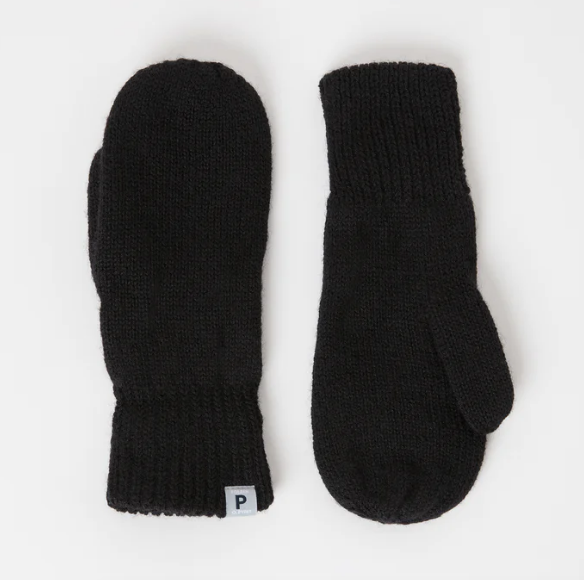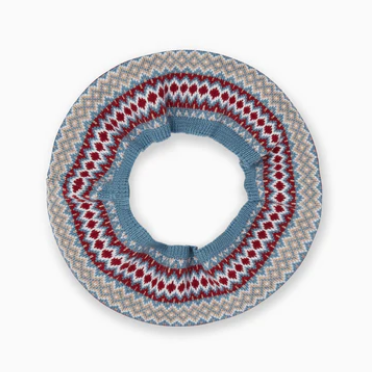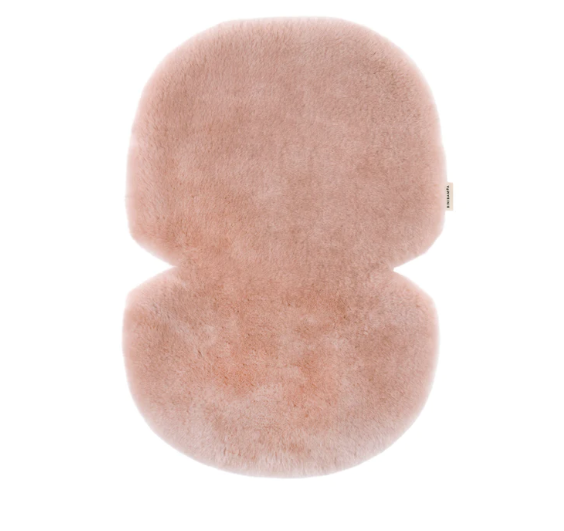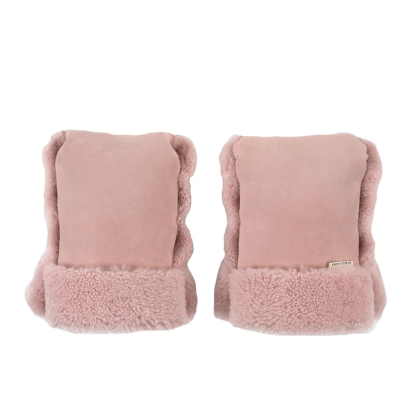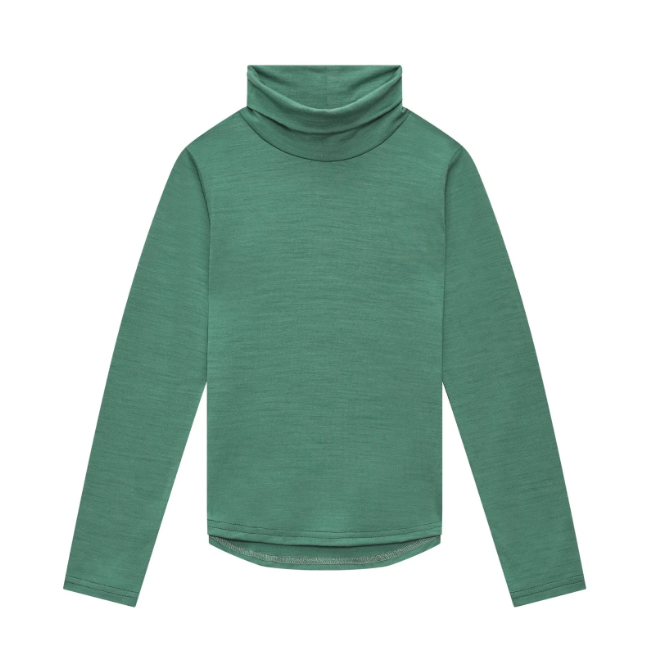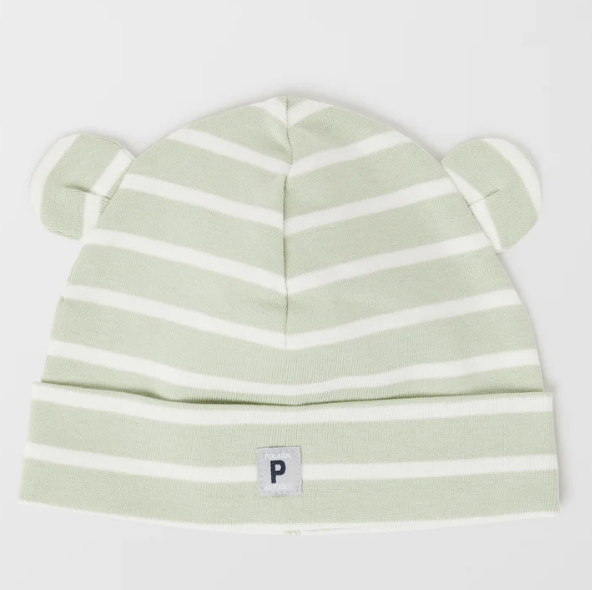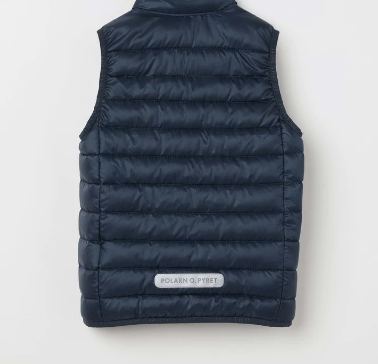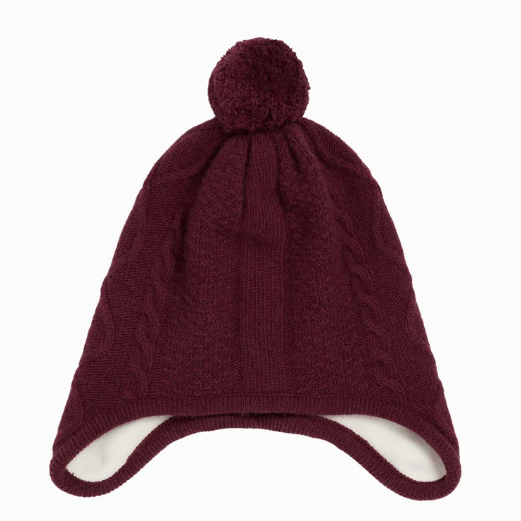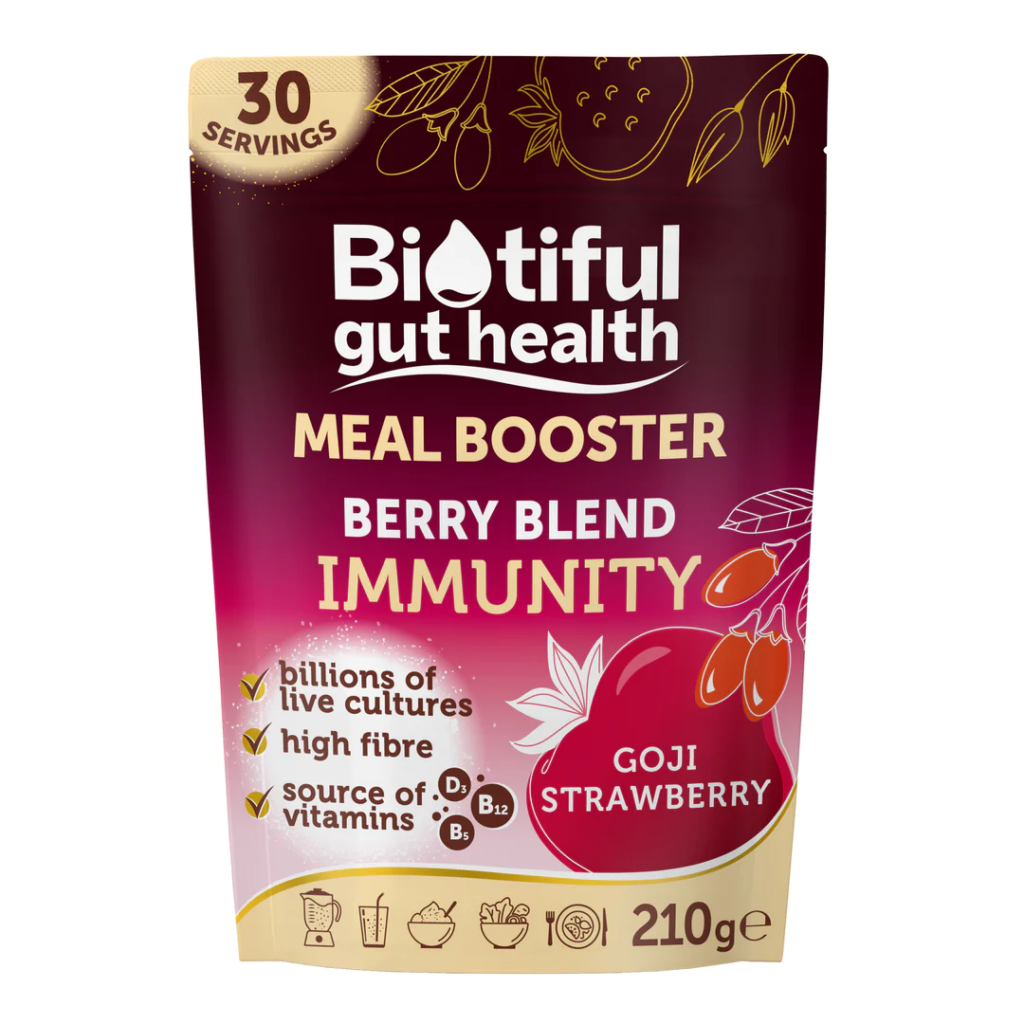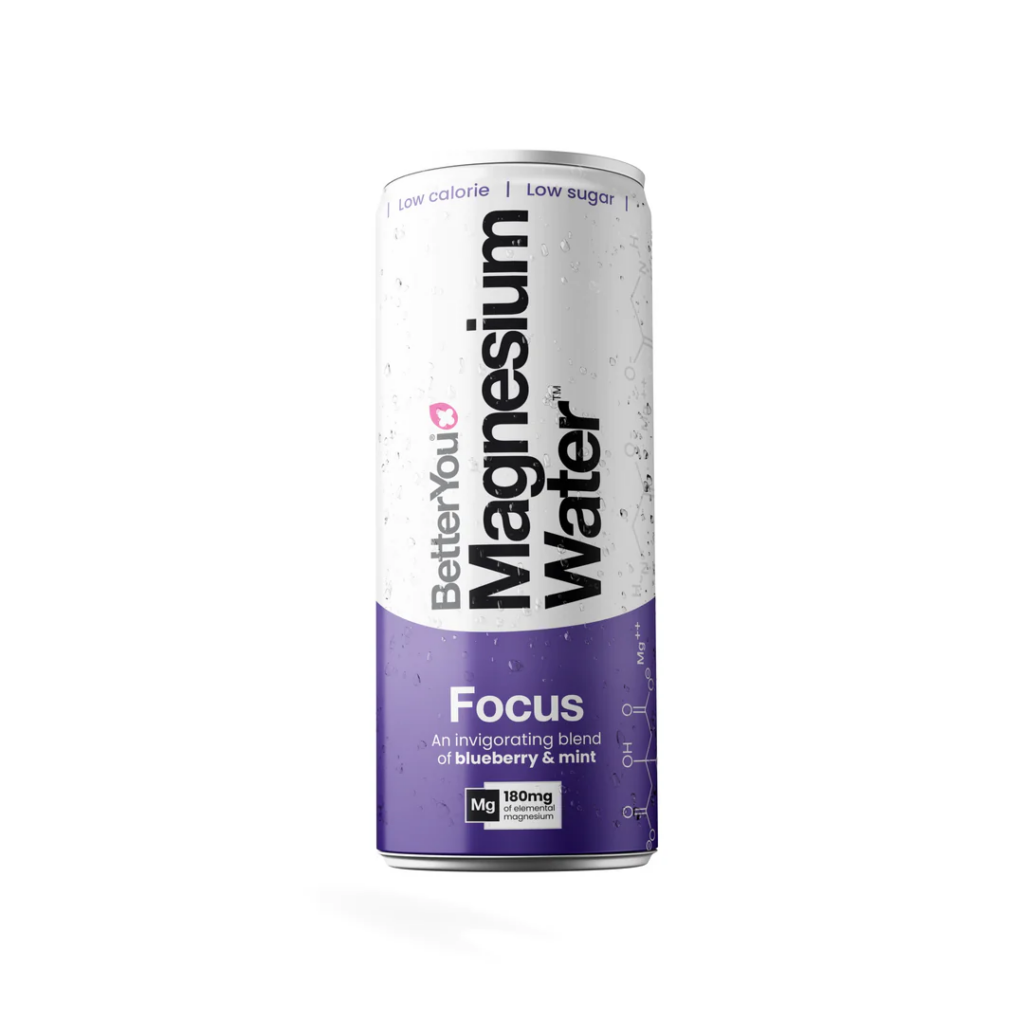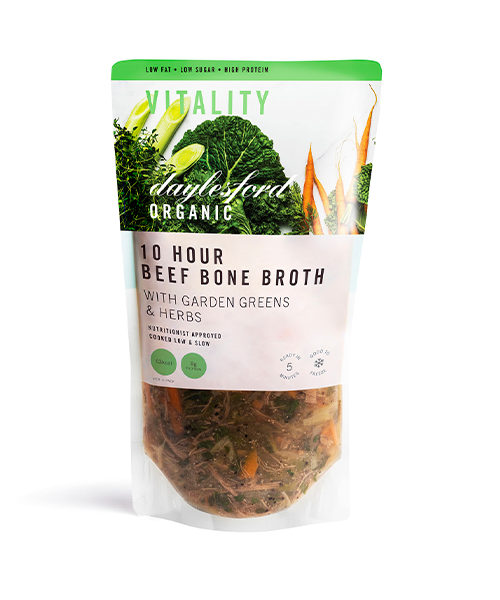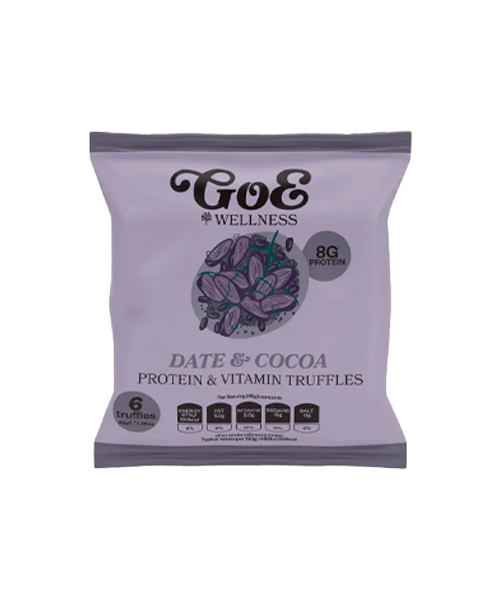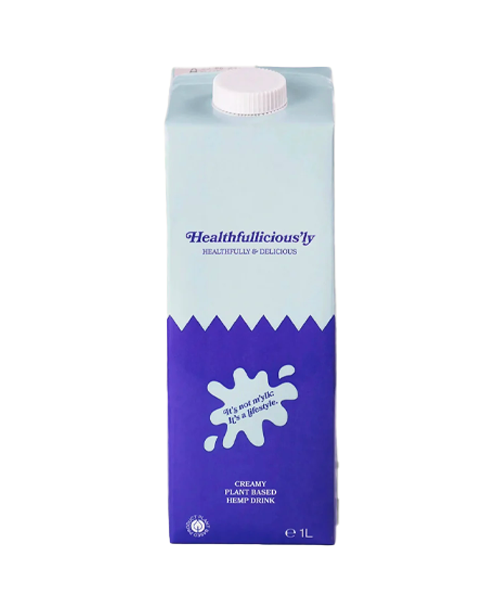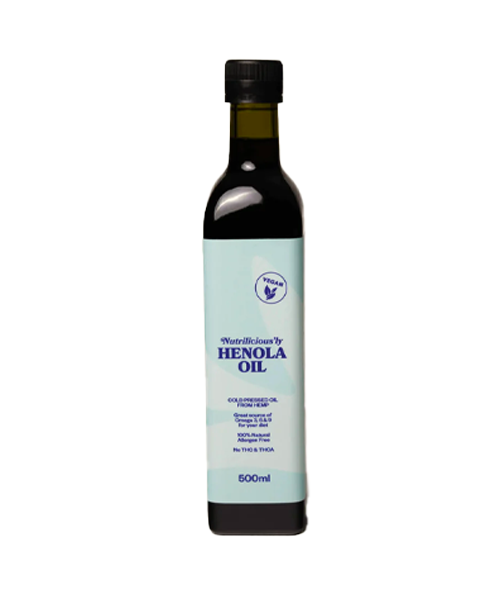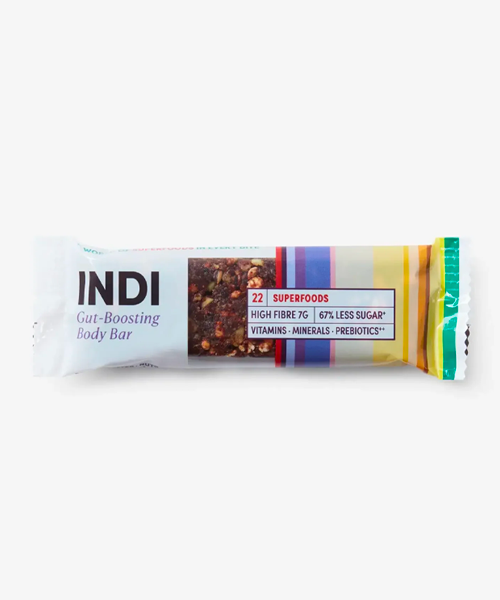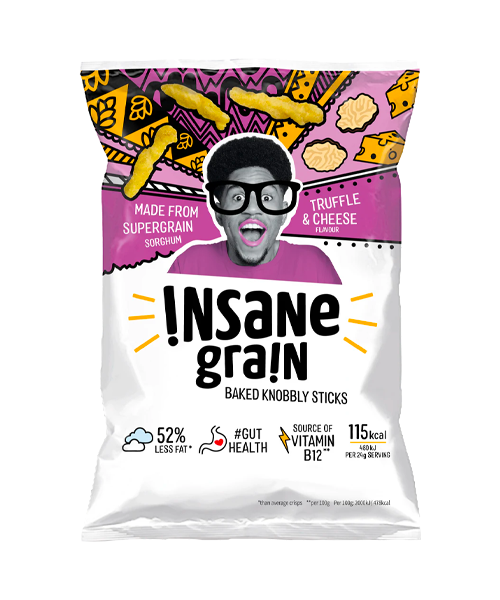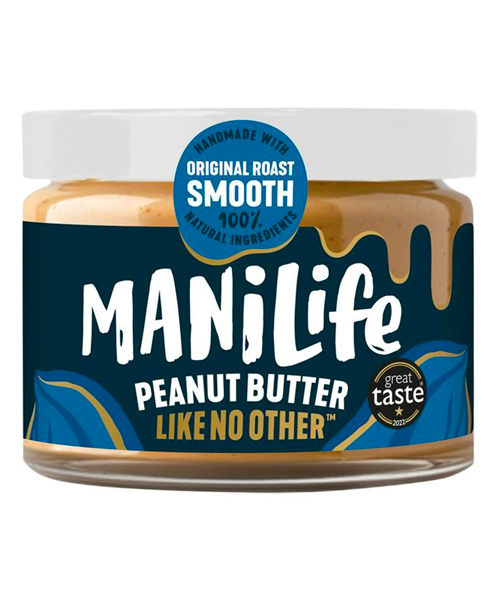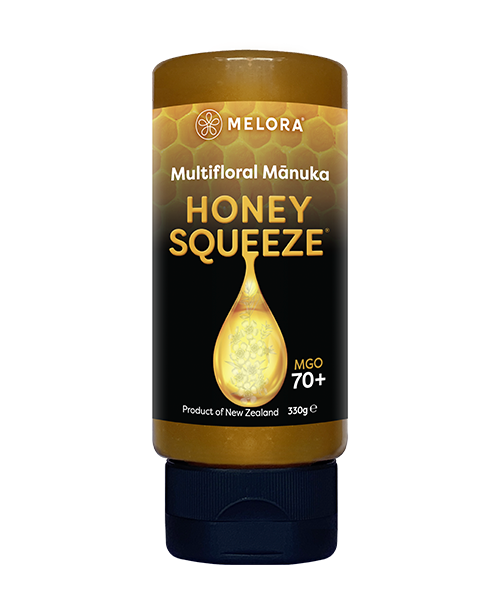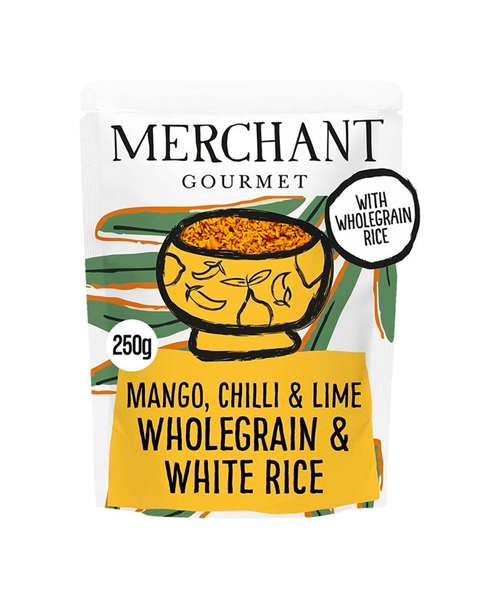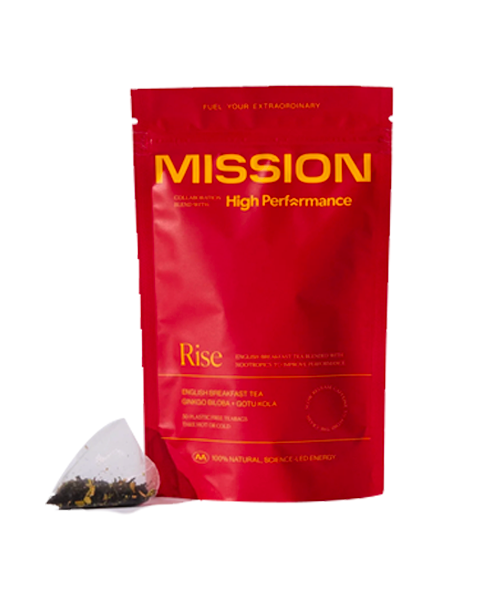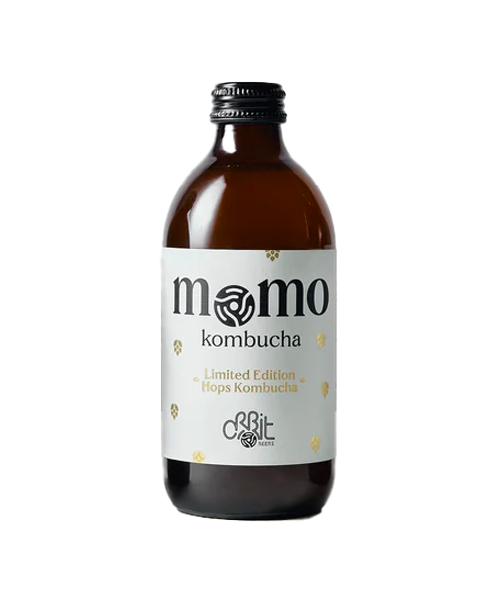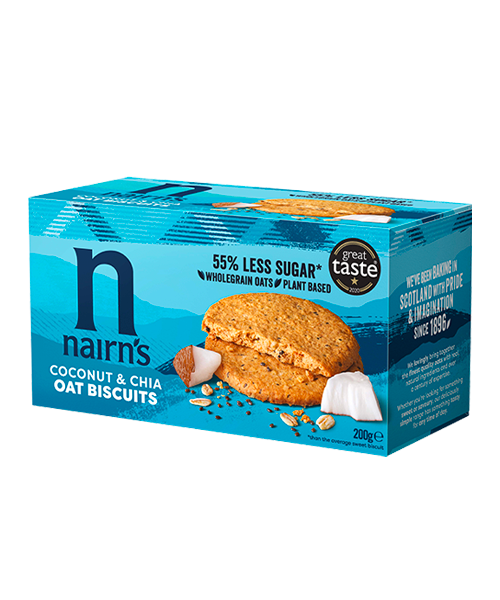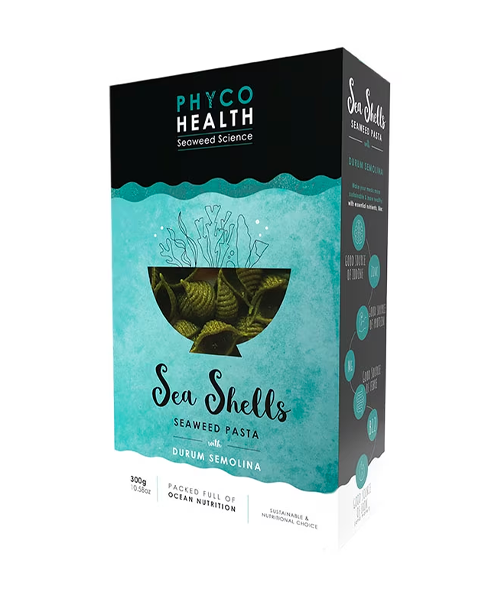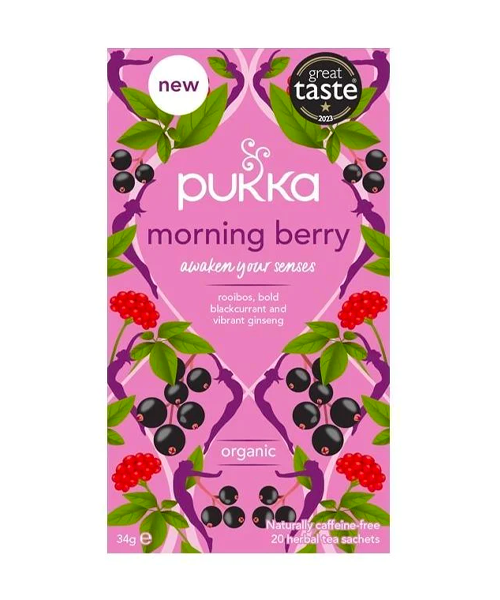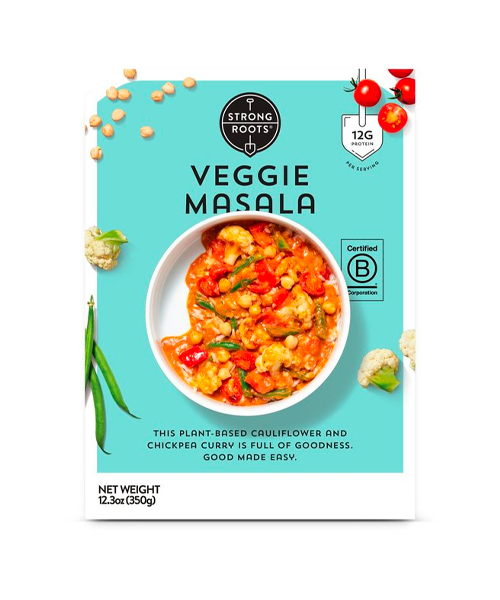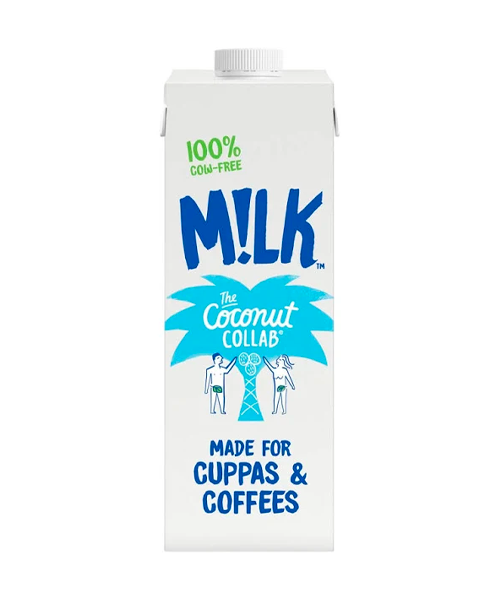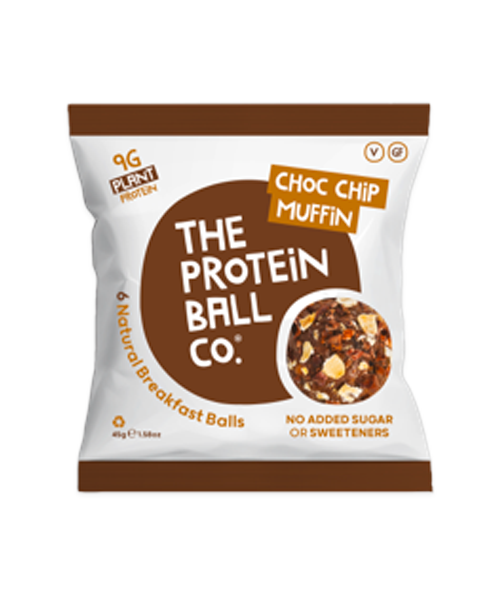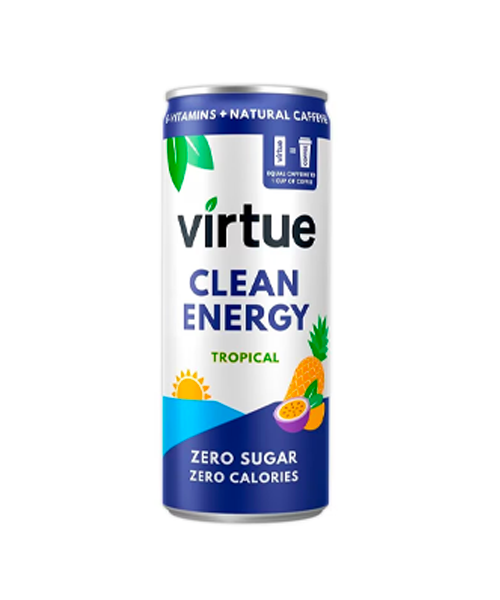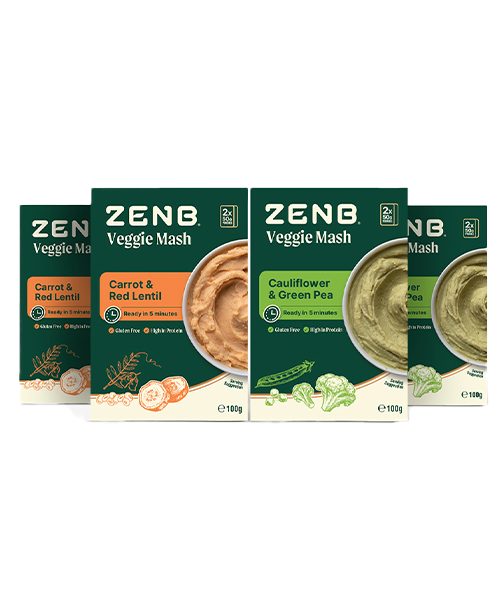January, as expected, has zoomed by at H&H, leaving me scrambling to jot down my 2024 goals and share some wellness-focused commitments I’ve made for the year. While I typically shy away from cliché New Year’s resolutions, I’m eager to discuss the routines I’m trying to solidify. Despite my notorious struggle with new habits, I’m pleased to report some progress!

I often find myself guilty of late-night scrolling, a habit I’m eager to curb. Though I’ve never been an avid reader, I’m determined to replace this habit with a more fulfilling one and I figure reading is a better way to wind down rather than doomscrolling on social media. I’m not a fiction girl so if I read I want to learn something! Nicola Elliot (founder of Neom Organics) has a new book called “The Four Ways To Wellbeing” and this sounds just up my street being a wellness lover at heart.
M&S Extra Fine 72% Cocoa Dark Chocolate
I absolutely love good quality chocolate and I won’t be without it… it’s my little pleasure in life! A new favourite I’ve recently discovered (thanks to our new local M&S… exciting stuff!) is their extra fine dark chocolate. It’s not too bitter and lovely and smooth for dark chocolate standards and even my milk-chocolate-loving husband adores this and is now equally as obsessed. We’ve been having a square (or two) after our dinner and its chef’s kiss.

Getting up at the same time every morning
In 2024, I’ve dedicated myself to several health habits, and one of the key commitments is rising at a consistent time every morning. Working remotely has increasingly blurred the boundaries between home and work life, making it all too easy to lose track of routines (more on that later!). My motivation for adopting this new morning ritual stems from the desire to establish regular sleep and wake patterns. Consistency is key, as our bodies thrive on routine. While indulging in leisurely lie-ins on weekends may seem appealing, experts caution against them, citing potential harm to our overall well-being. Maintaining a consistent wake time not only benefits our circadian rhythm but also enhances hormone health, regulates hunger, and promotes overall wellness. Thankfully, I’ve adjusted smoothly to this routine—even on weekends—resulting in my body naturally waking at the same time each day!
Routines, routines, routines
Forming routines has been a huge priority for me coming into 2024. To give a bit of context, I am quite topsy-turvy when it comes to building routines. On the one hand, I thrive off of routine and when I have a good one going, I’m a better version of myself. Yet, contrarily, I struggle a lot with consistency. It’s like a vicious cycle! Can anyone relate? I don’t know what’s different for me this year but I found my “why” with a few things and so far I’m still at them – usually the two-week mark is my Achilles heel on any new habit but I’m on week 6 and still going strong! Aside from morning wake times as mentioned above, a big one has been moving away from high-glycemic breakfast and making fat and/or protein the priority. I’m an oats girly at heart so this has been a huge shift to make for my hunger and sweet-loving tastebuds but it’s remarkable what a difference it has already made to my appetite, satiety, energy, focus and even hormones. I genuinely don’t think I’ll be going back to my old ways! If you want some inspo “Rise and Thrive: Energise Your Mornings With These Protein-Packed Breakfasts” has some great recipes!

I’ve tried a lot of gross green powders in my time and none of them have tasted as good as FS Greens. Their mango flavour is a delight to drink and it’s been a great addition to a boring glass of water. FS Greens is a powerhouse of organic greens, superfoods, and essential nutrients meticulously crafted to elevate wellness. With a commitment to quality and transparency, it provides a burst of vitality and nourishment in just one small serving and is a nifty little supplement to have when you’re short on time and want to top up your vitamins and minerals. If you’re in the market for a really decent green powder supplement, this is the one to try.
I’ve never owned a Hermes fragrance before but on a Christmas shopping trip with my mum back in December we “stumbled” into the Bond St store and fell head over heels with some of their perfumes. Scent is always very nostalgic for me and I distinctly remember my mum wearing Hermes Jardin Sur Le Toit when I was a teenager. She hadn’t worn that fragrance for many years but we decided to spoil ourselves as an early christmas present and I found a Hermes fragrance I loved called Rose Ikebana. I’m not a Rose lover I’ll admit but this is such a gorgeous scent… the rose is so delicate and light and it’s sweetened by notes of Rhubarb. If you too, don’t usually gravitate towards often-overpowering rose scents, I’d highly recommend this one… it has a really unique blend of notes that feel feminine and fresh.
words by Molly Jennings

